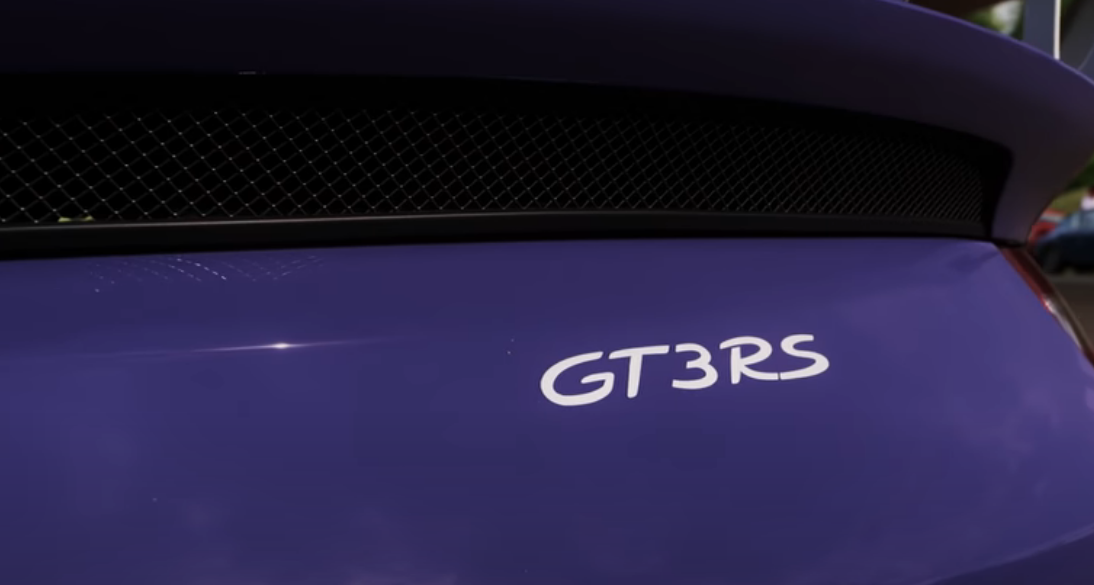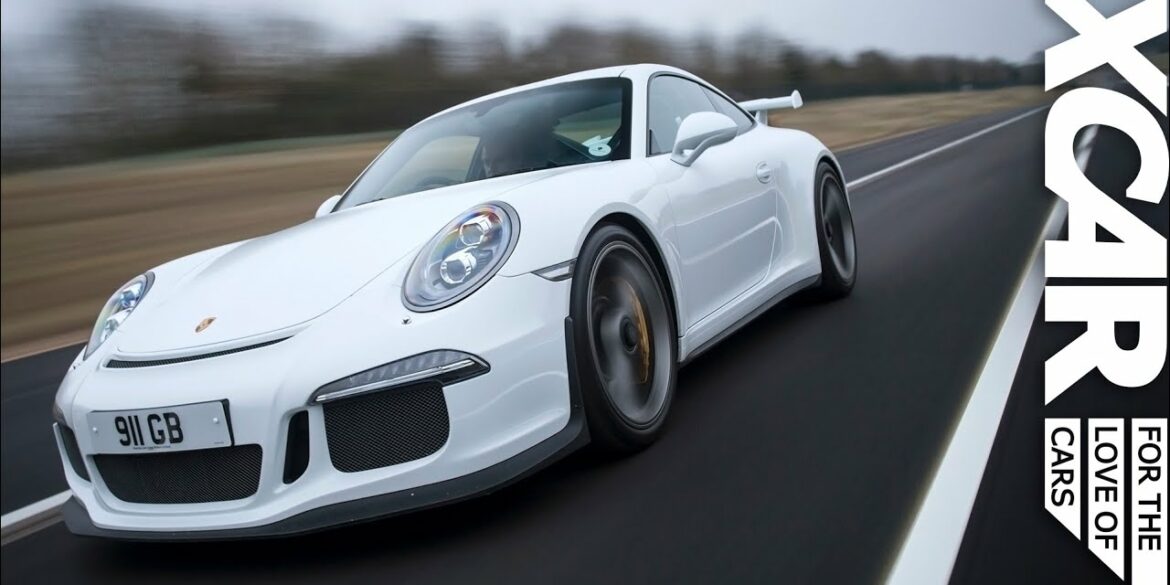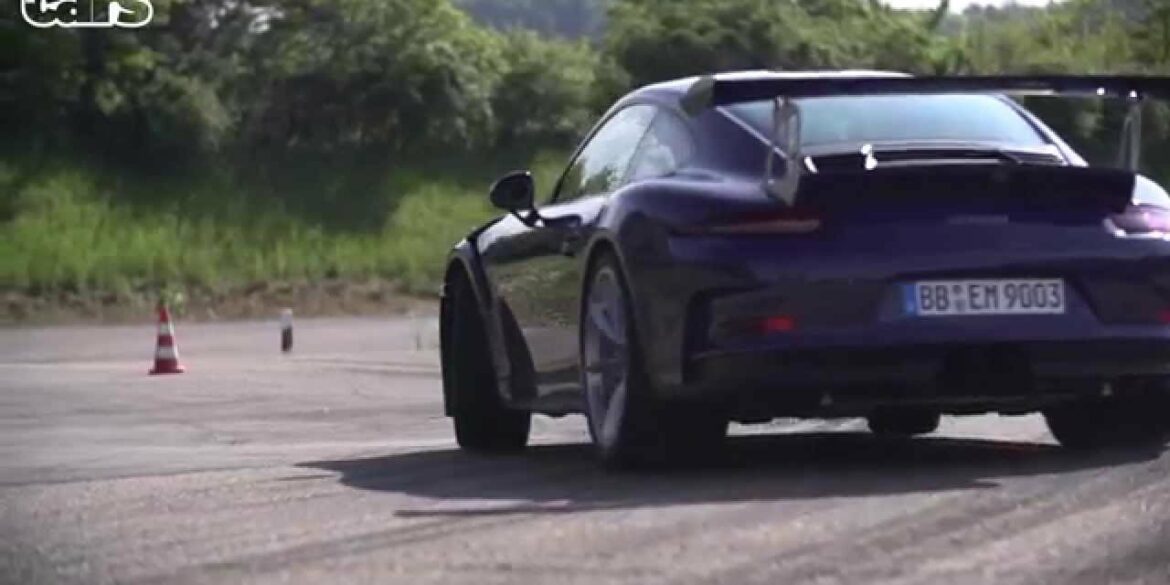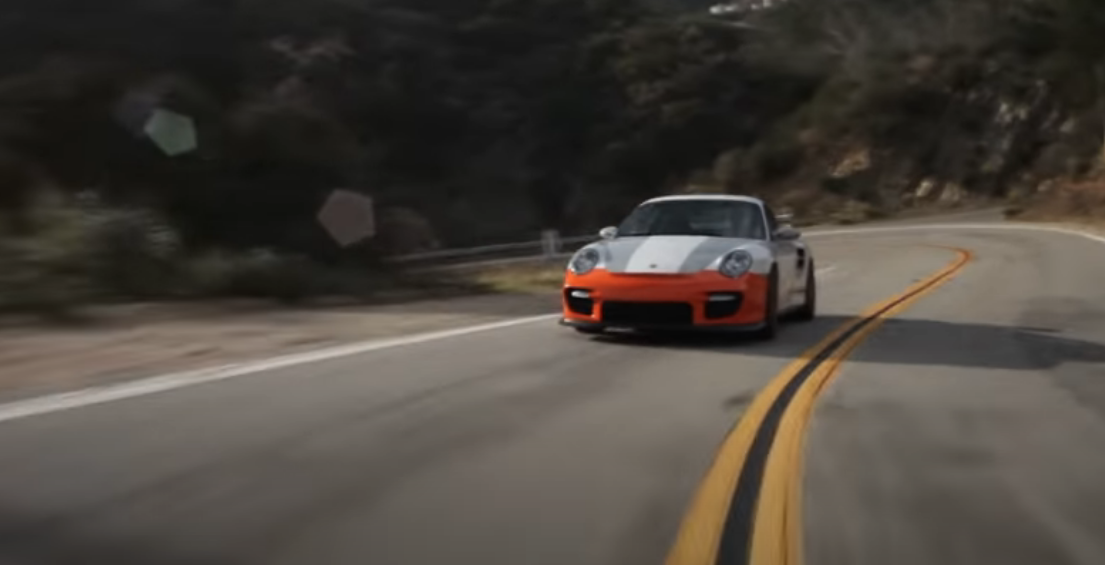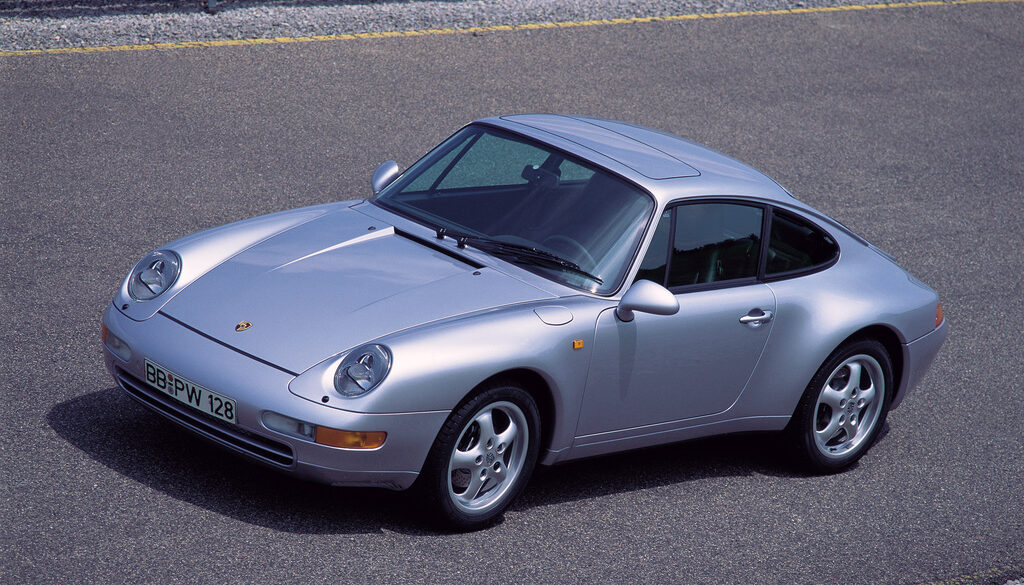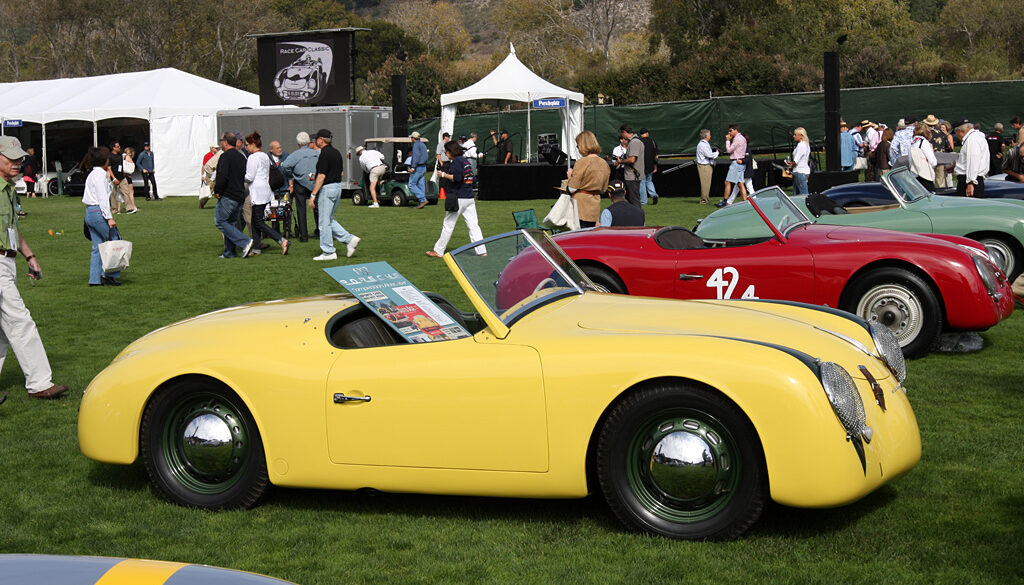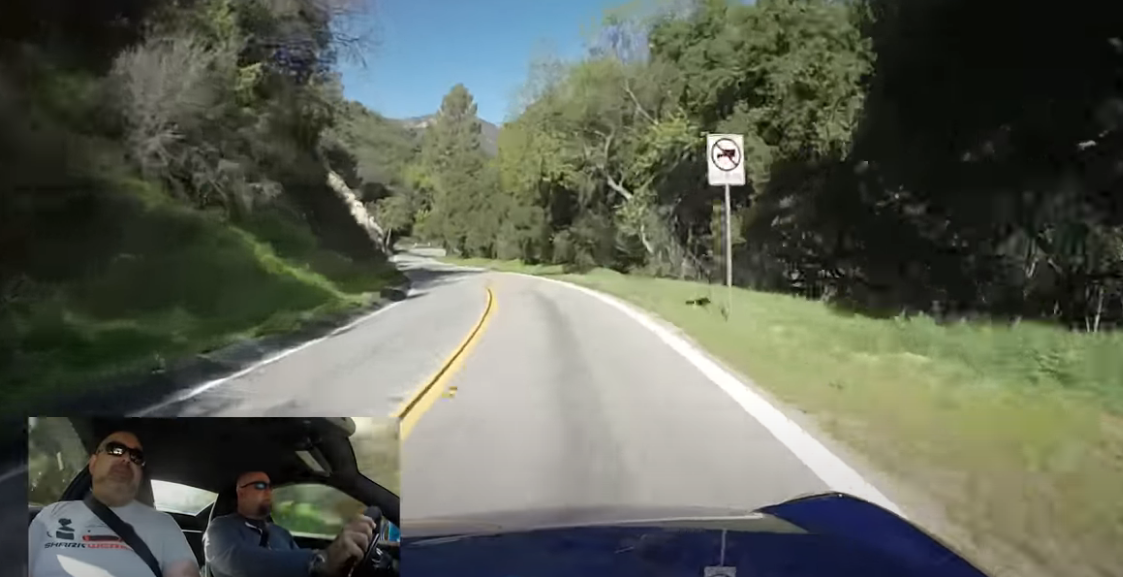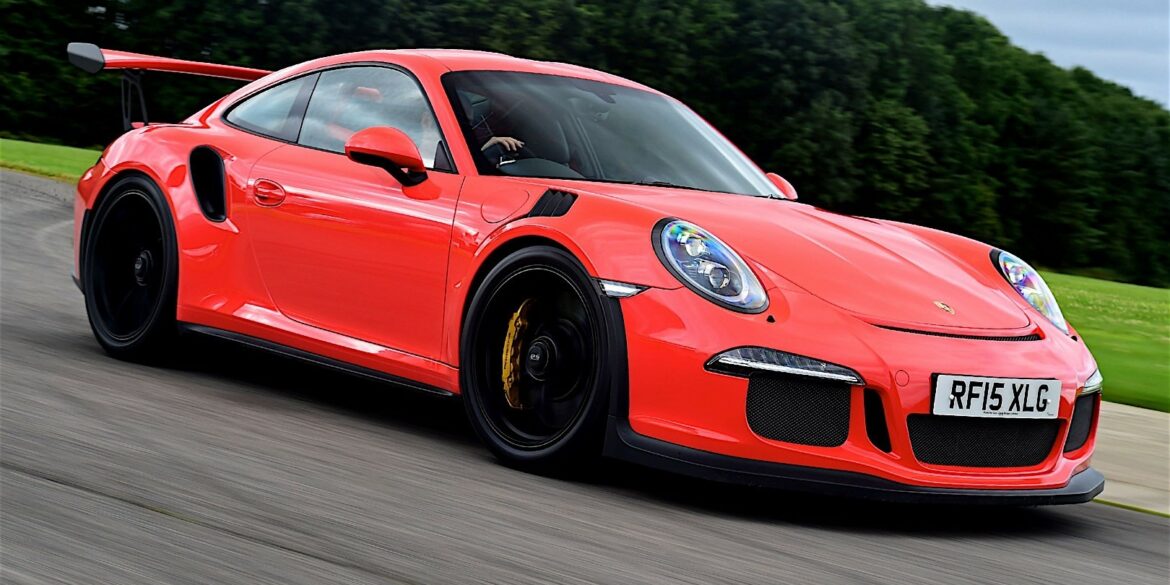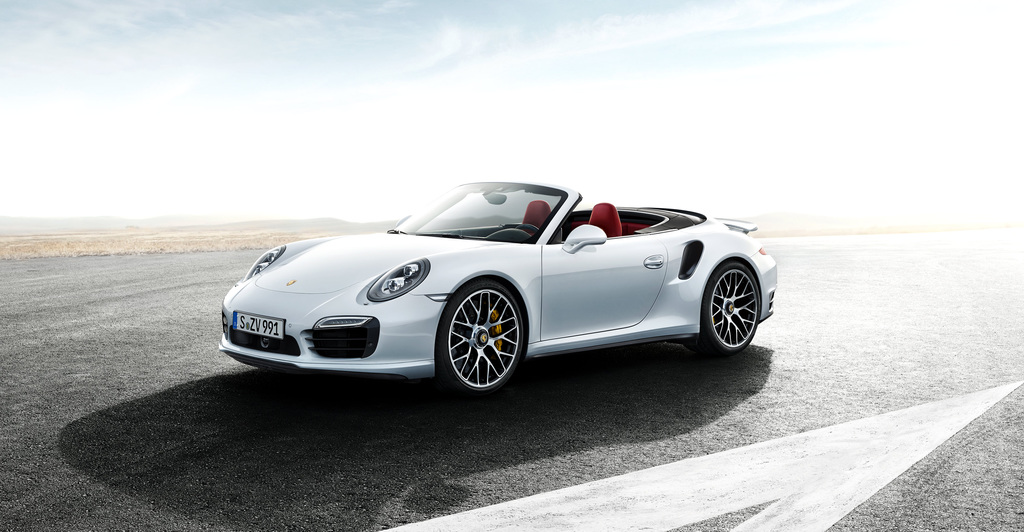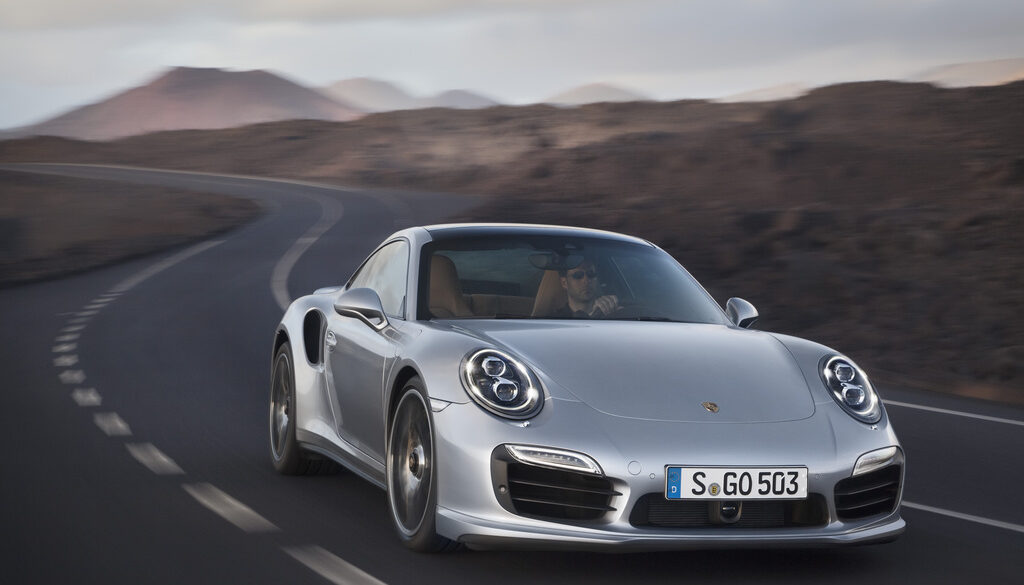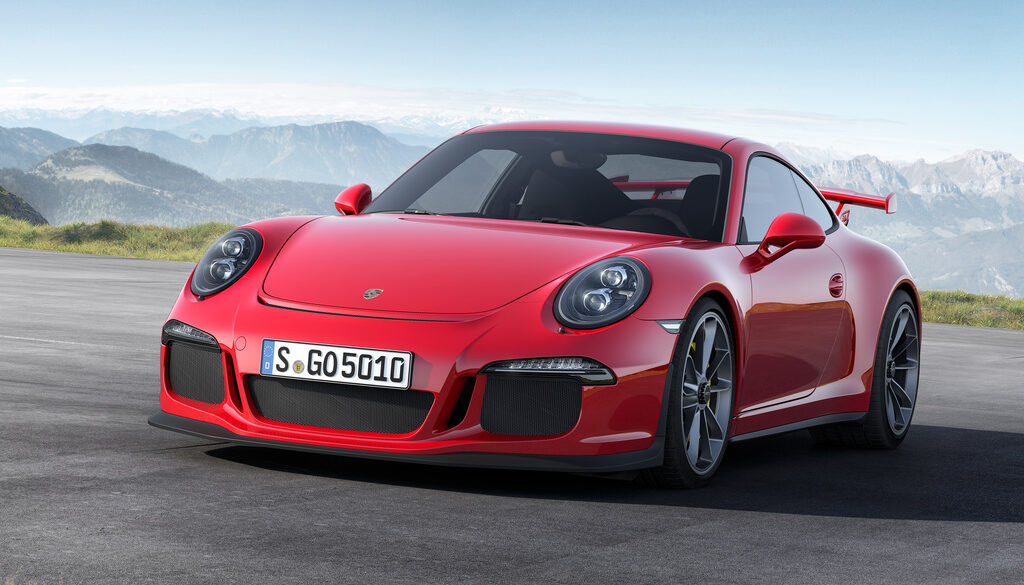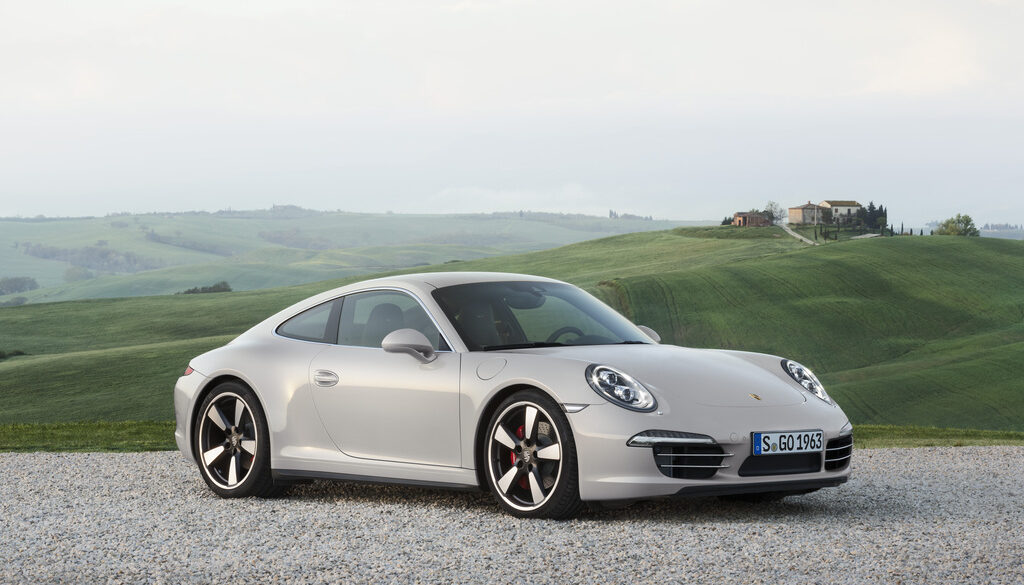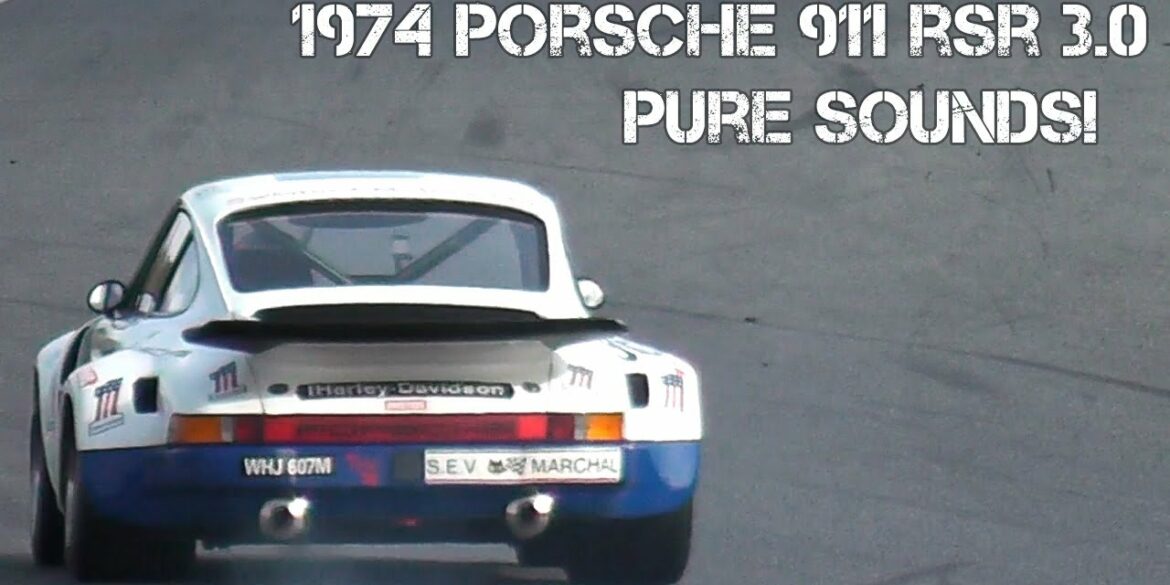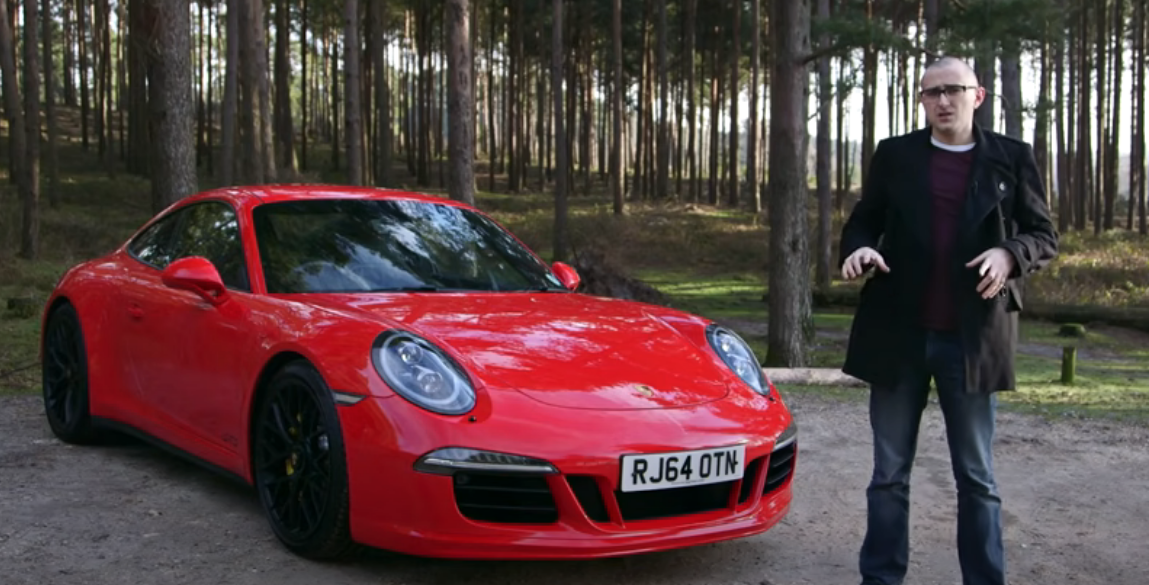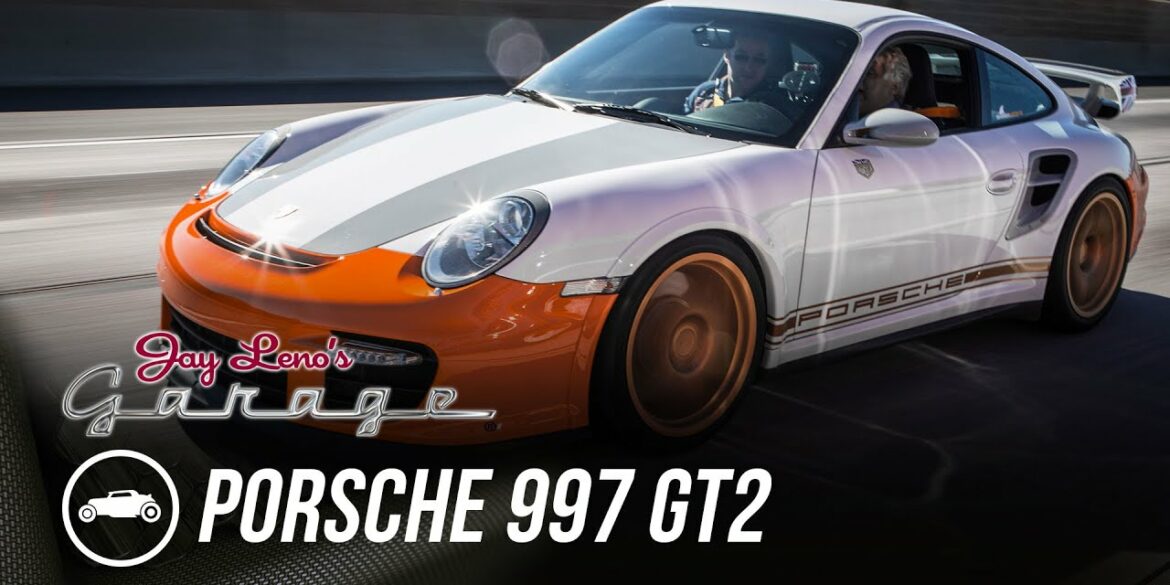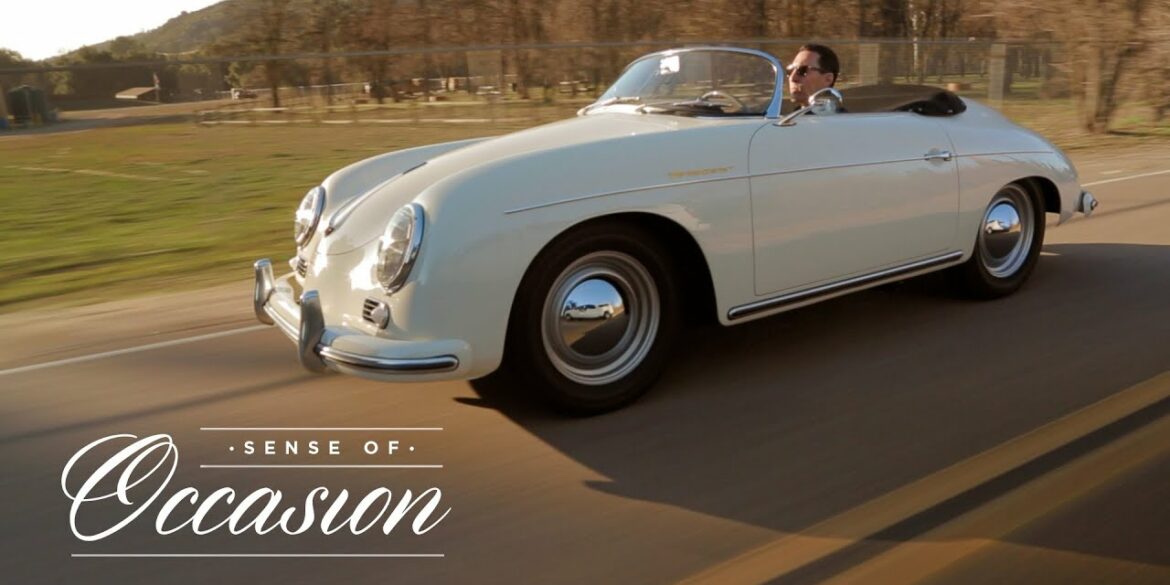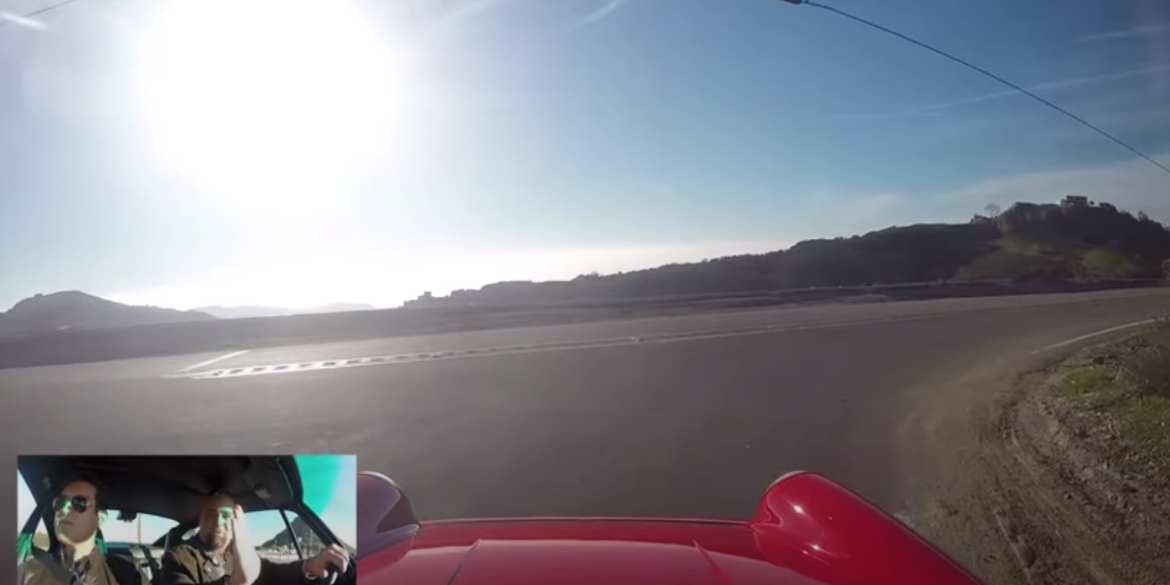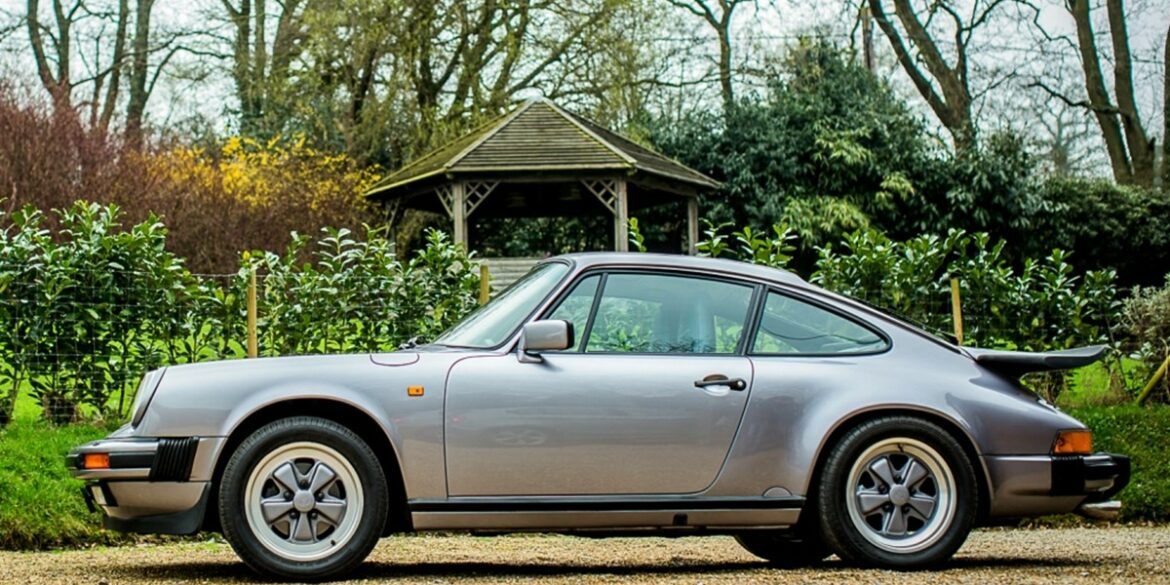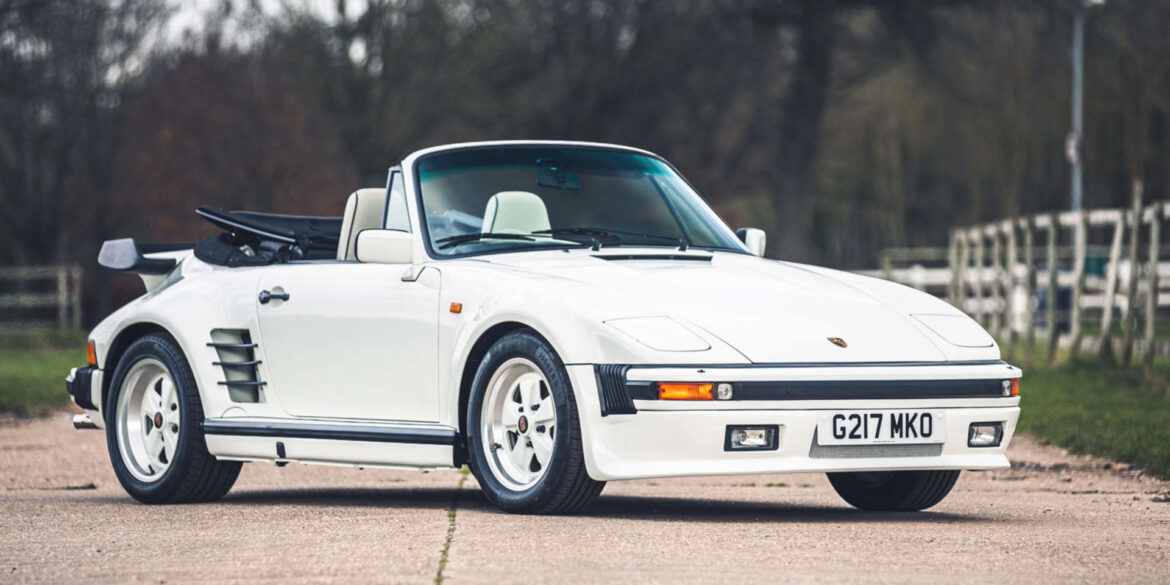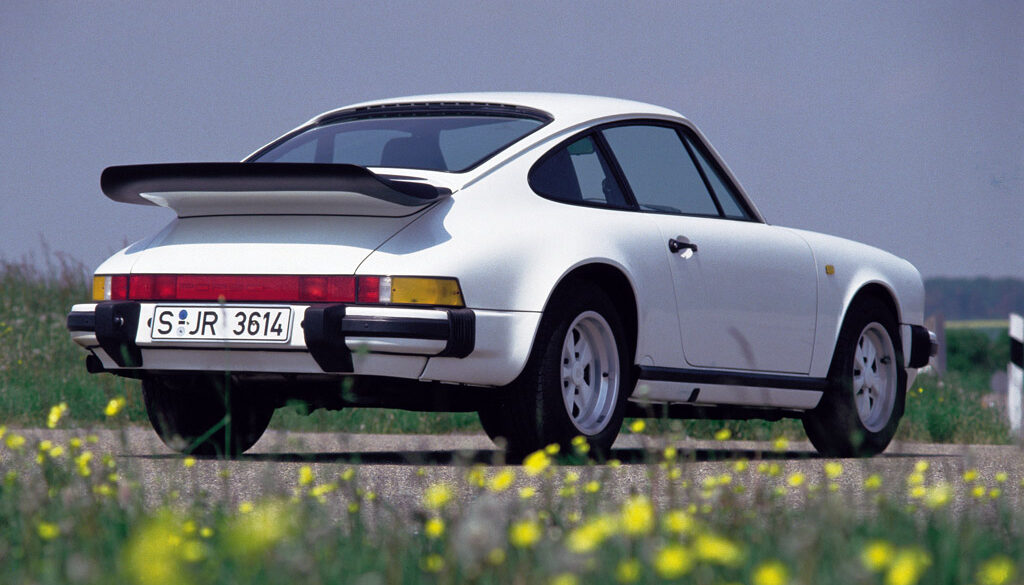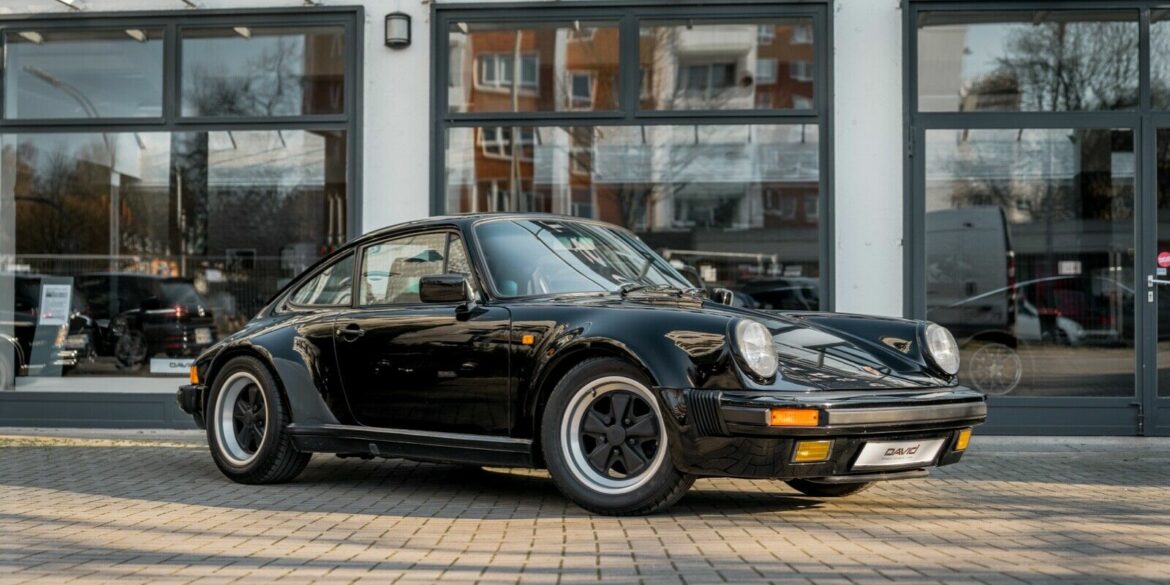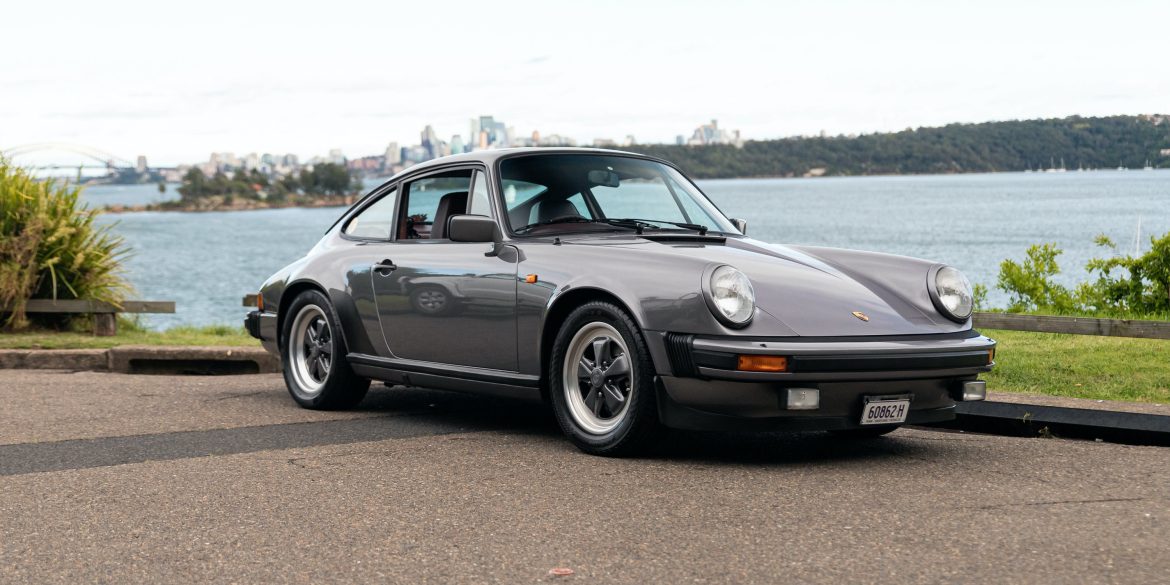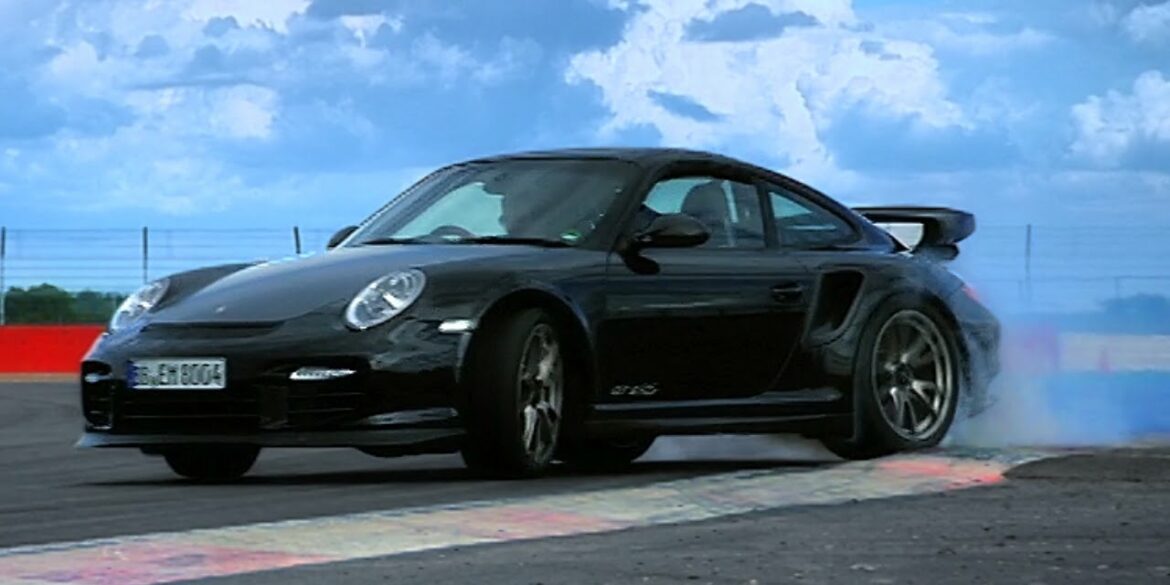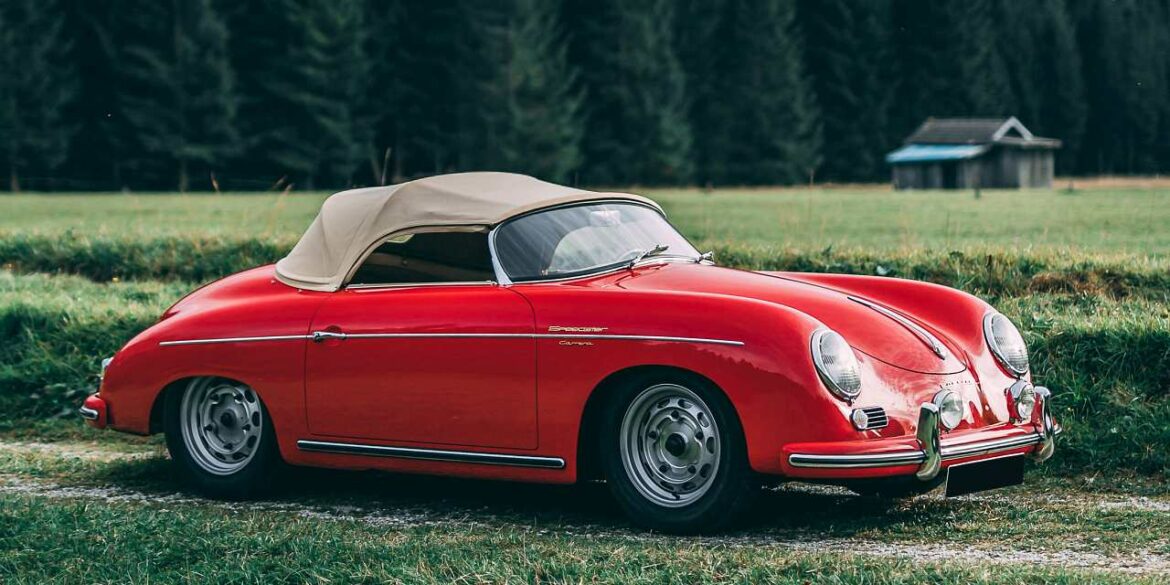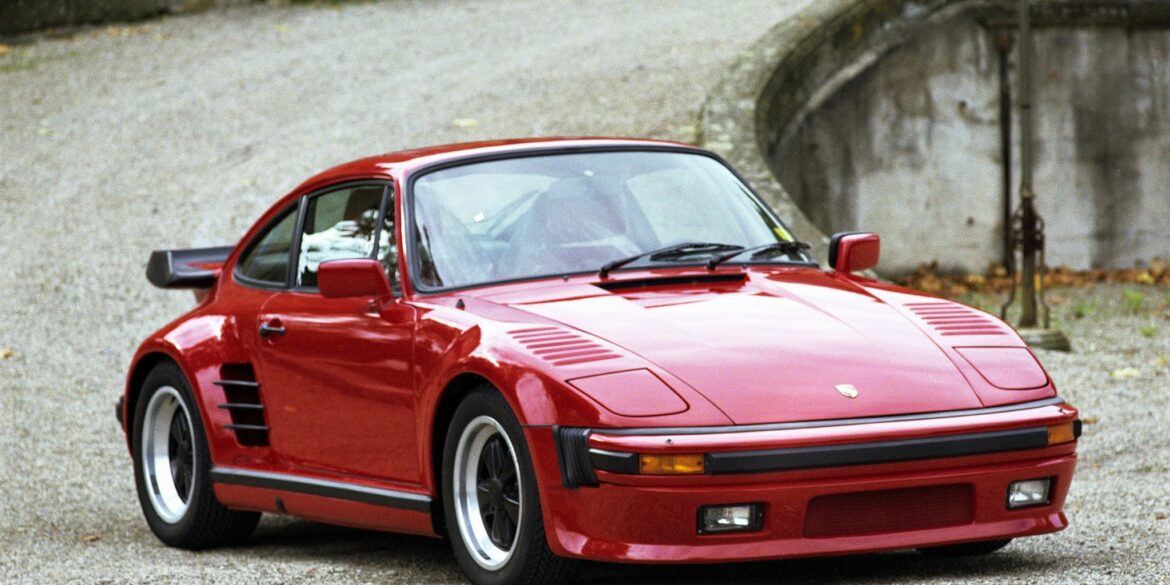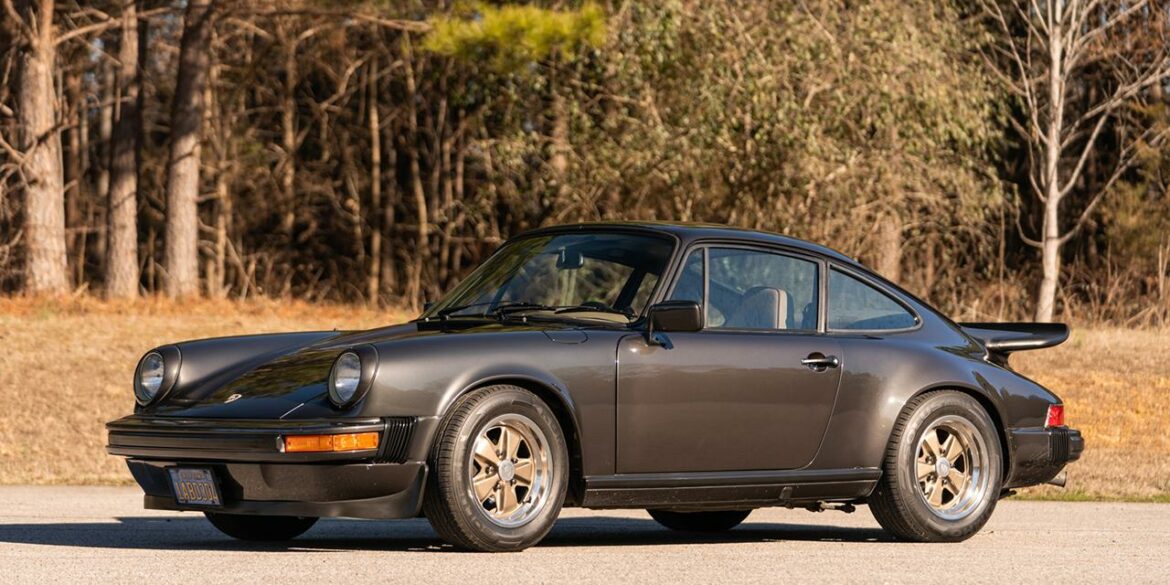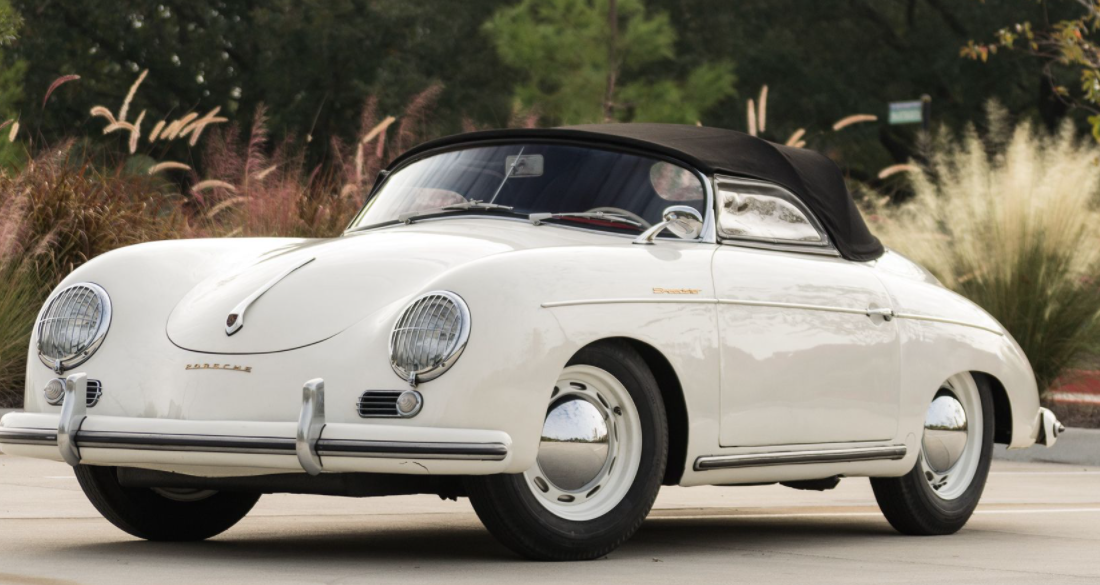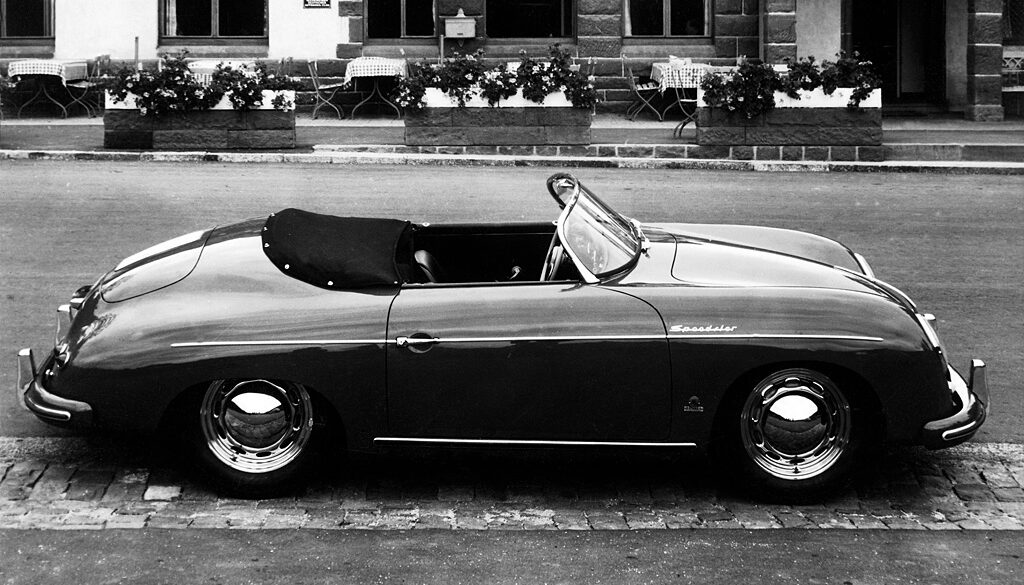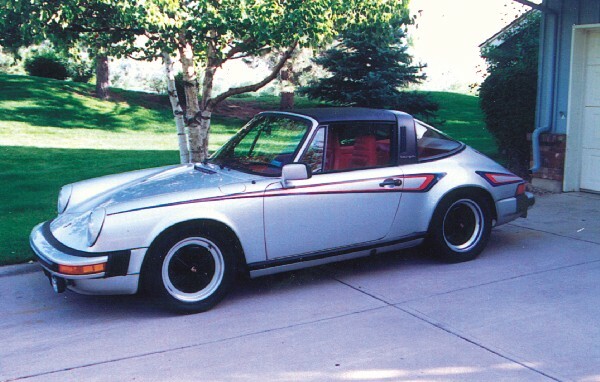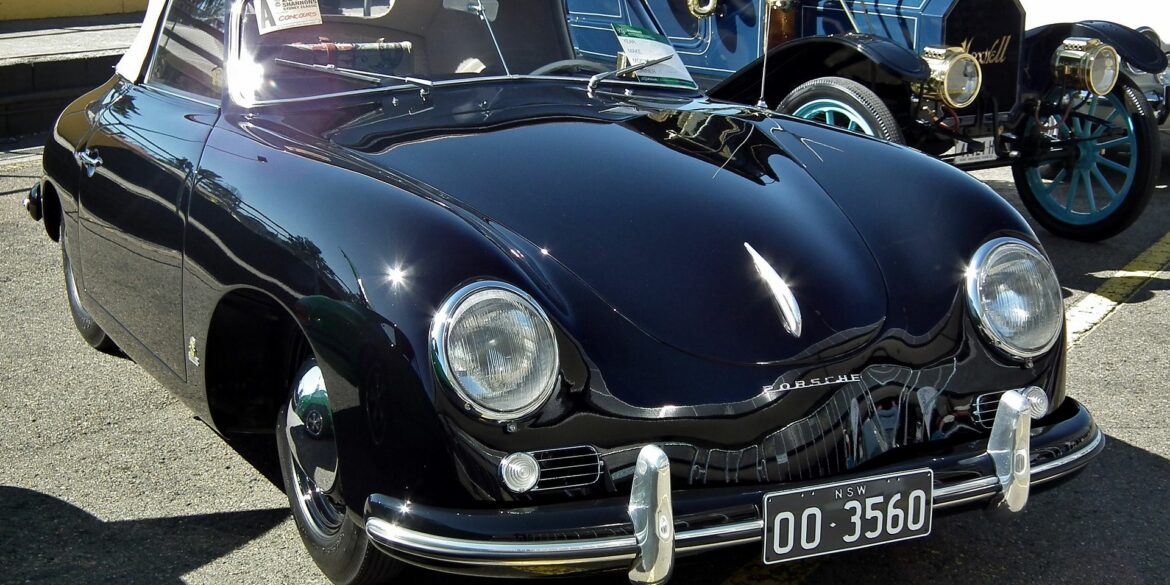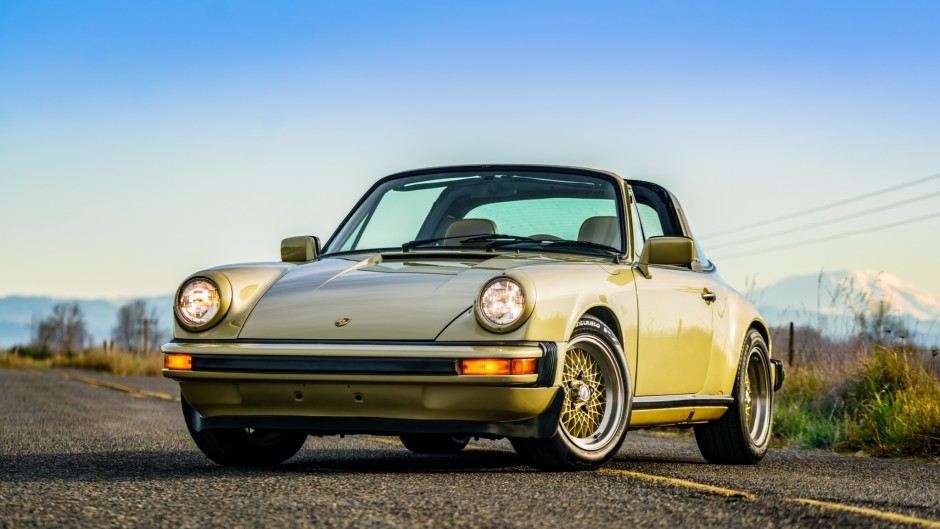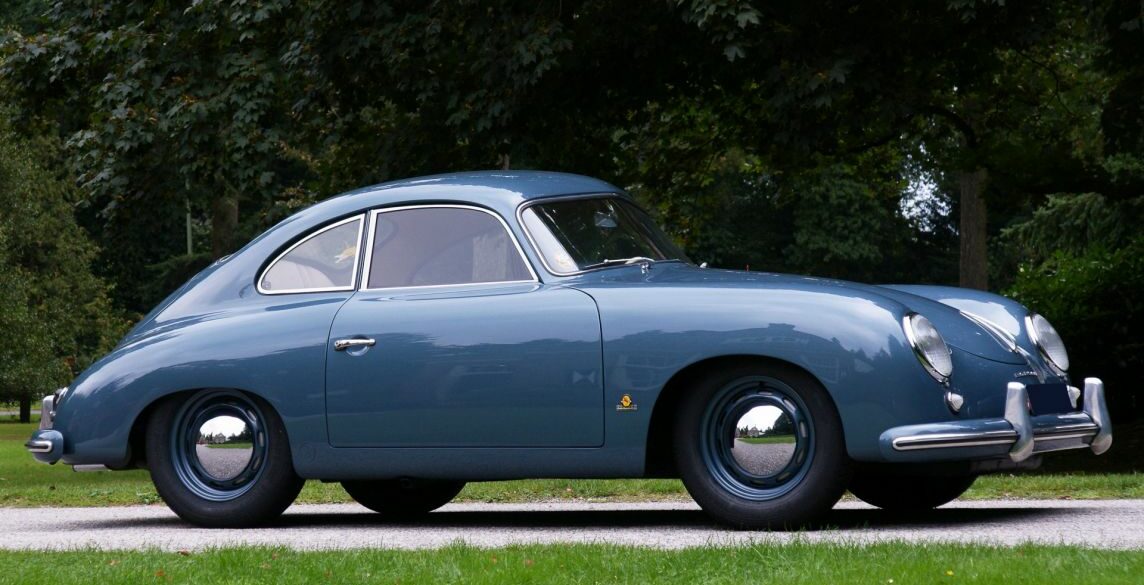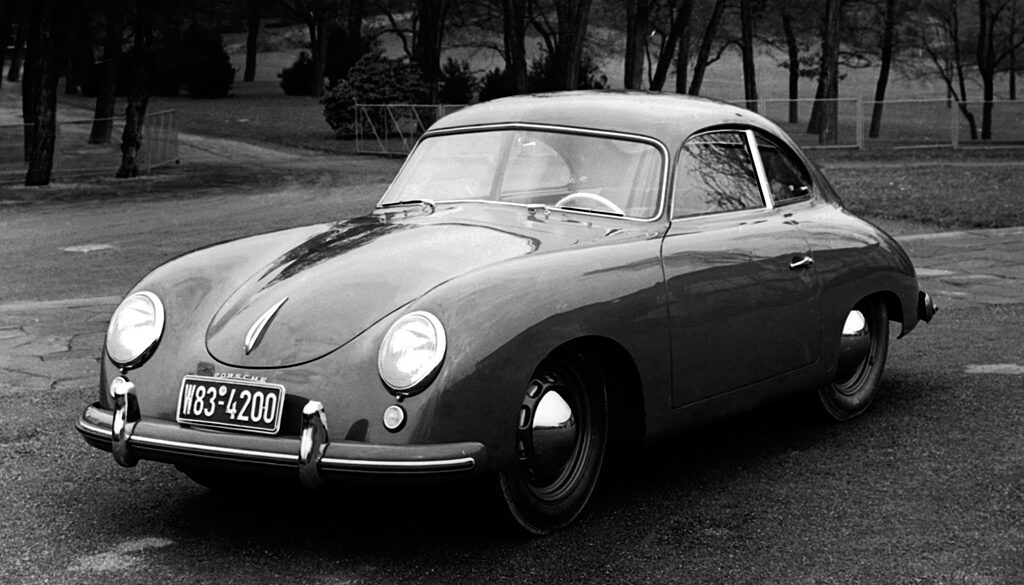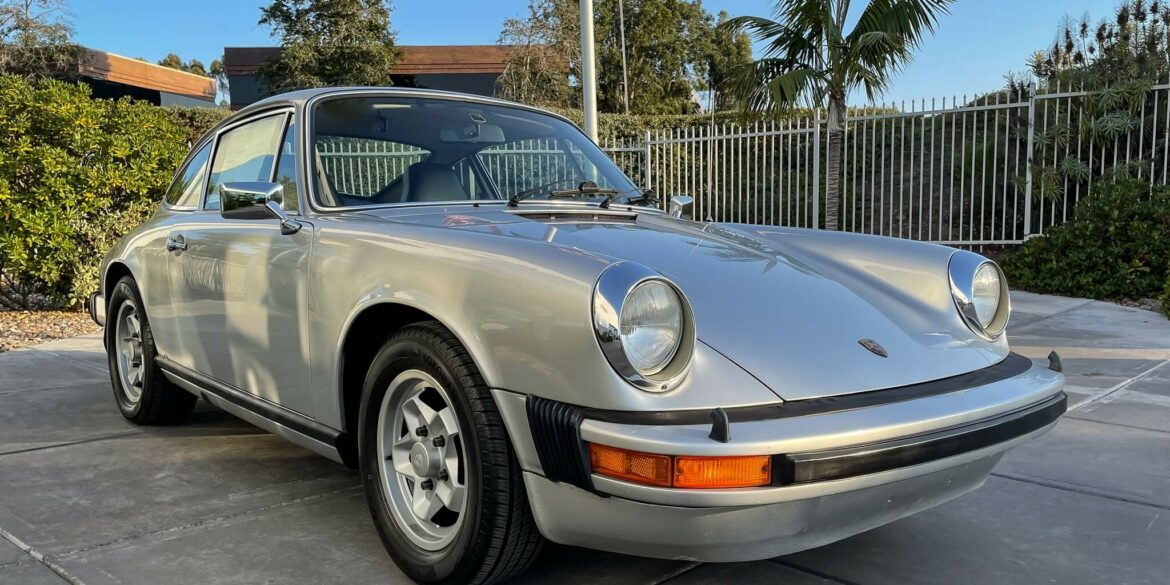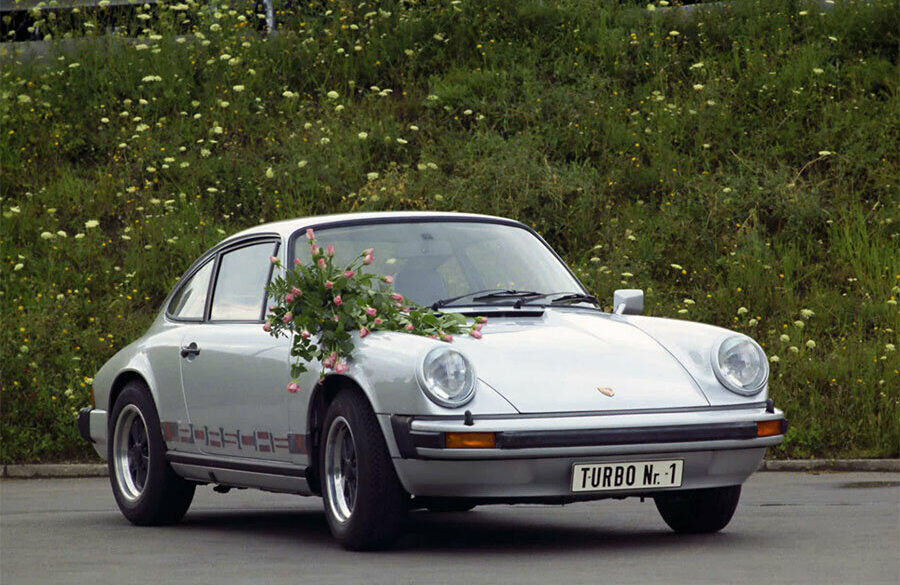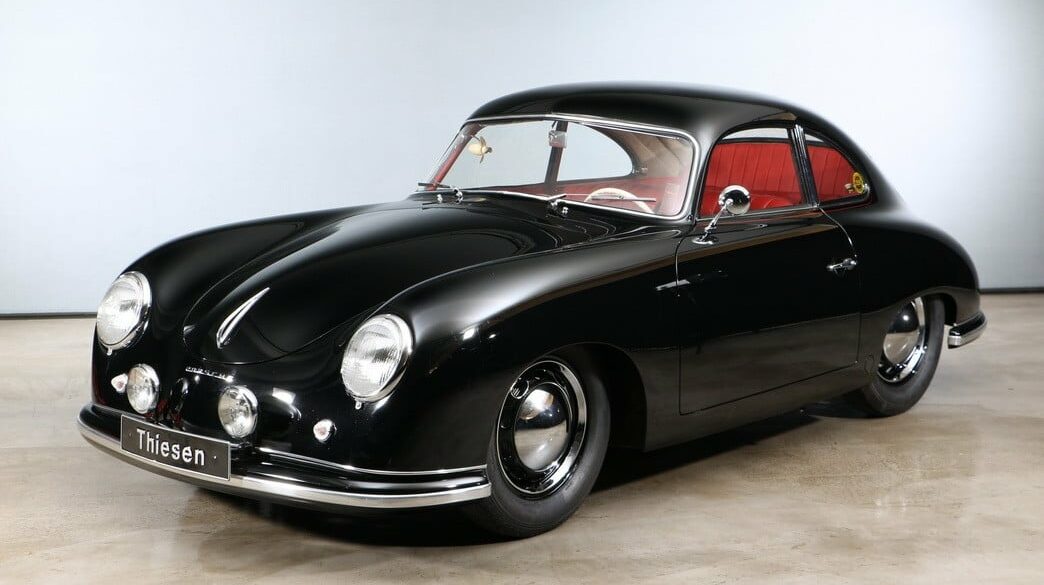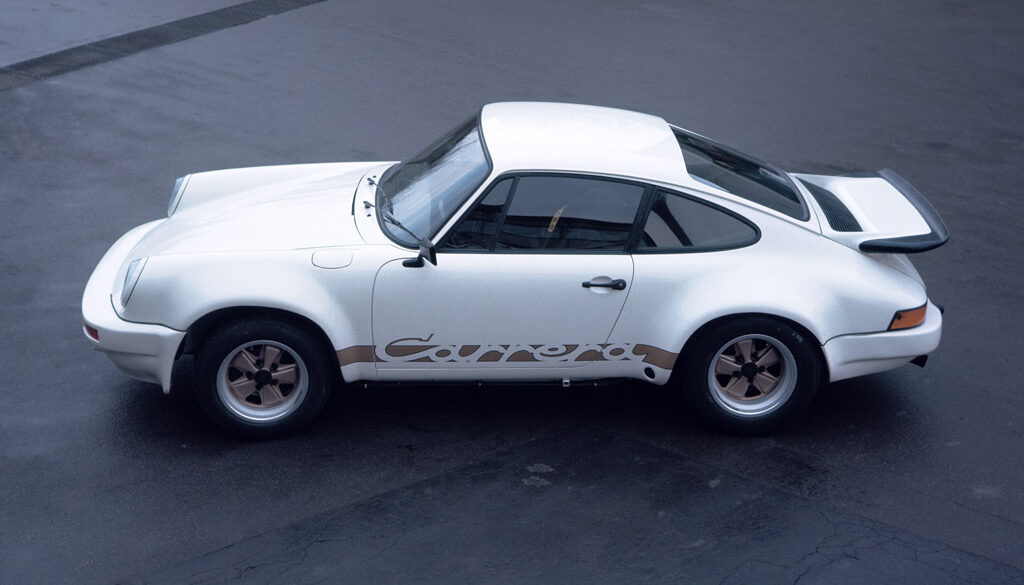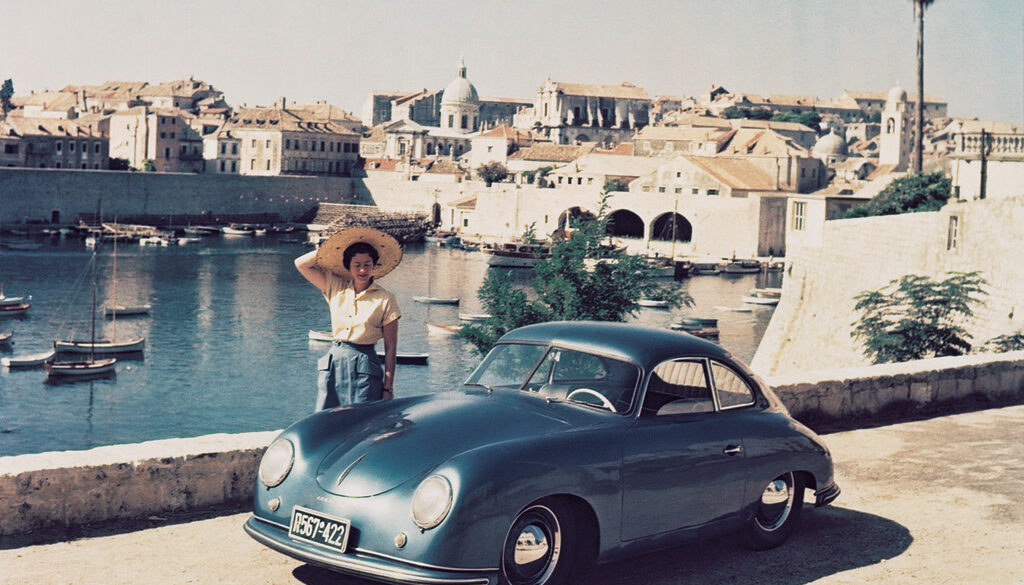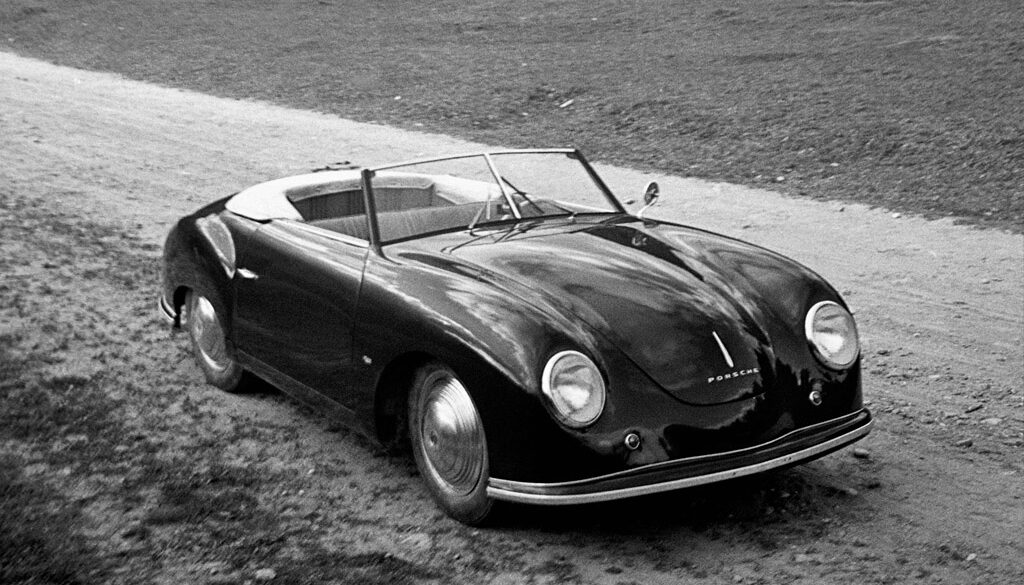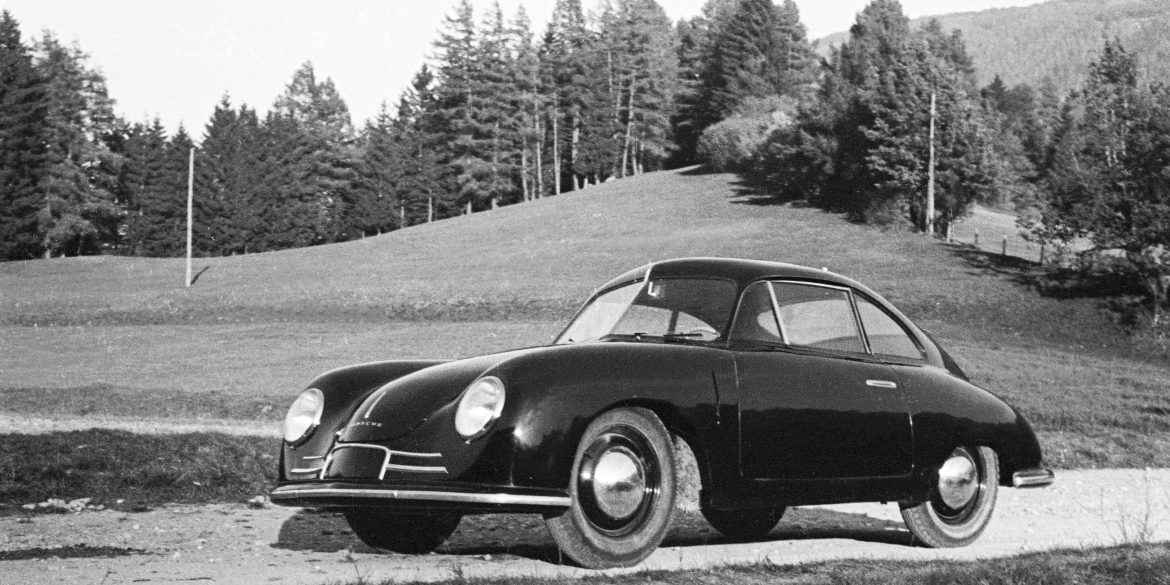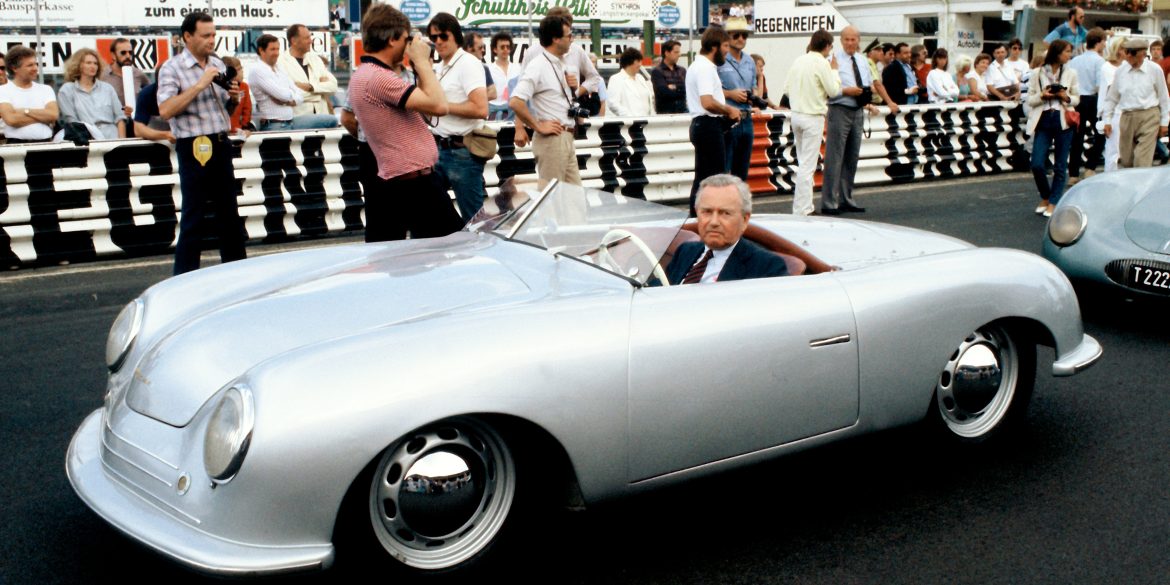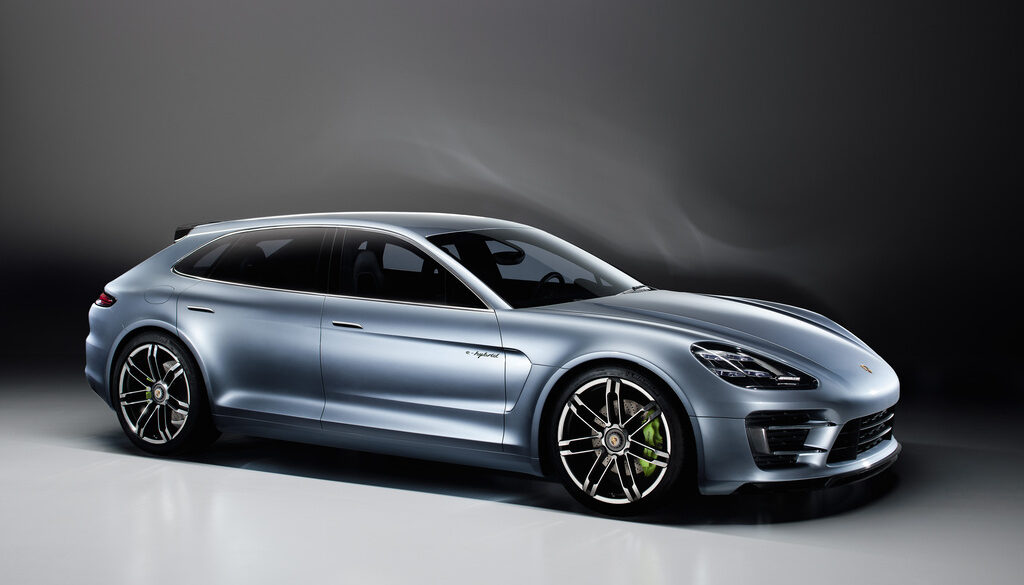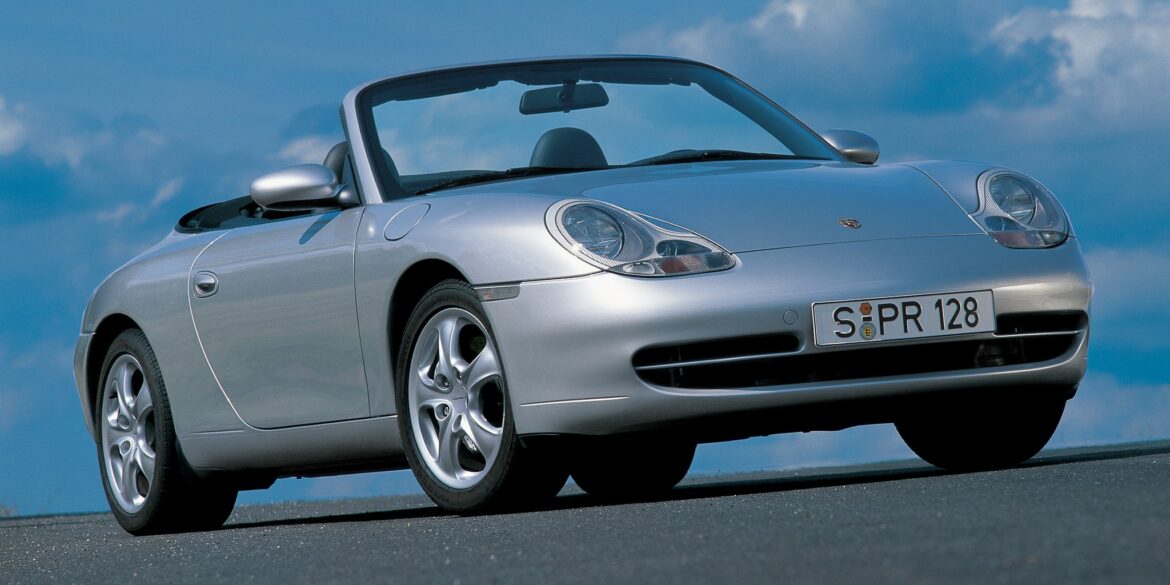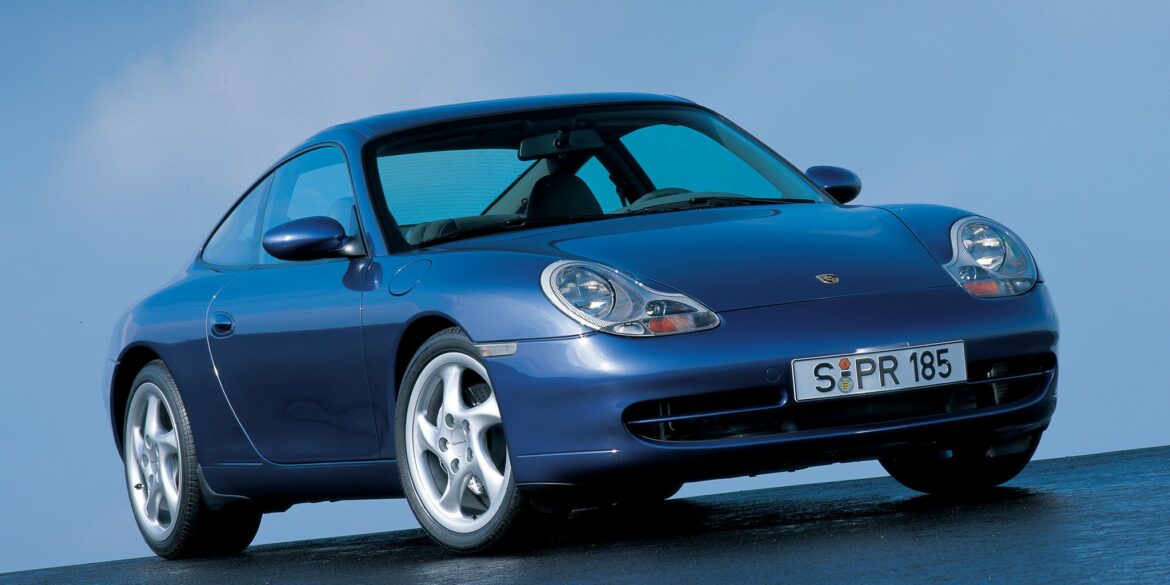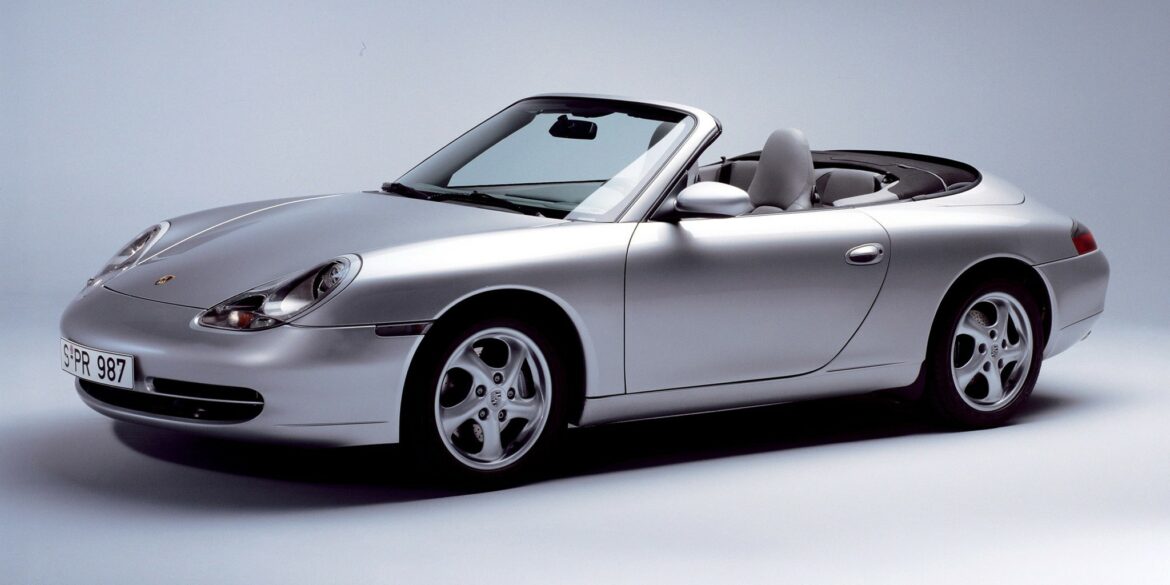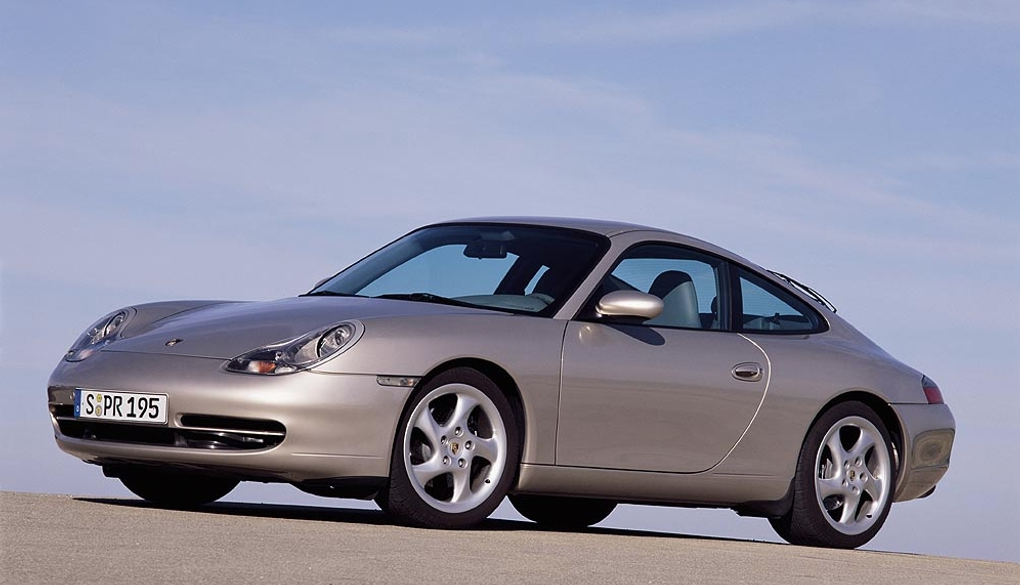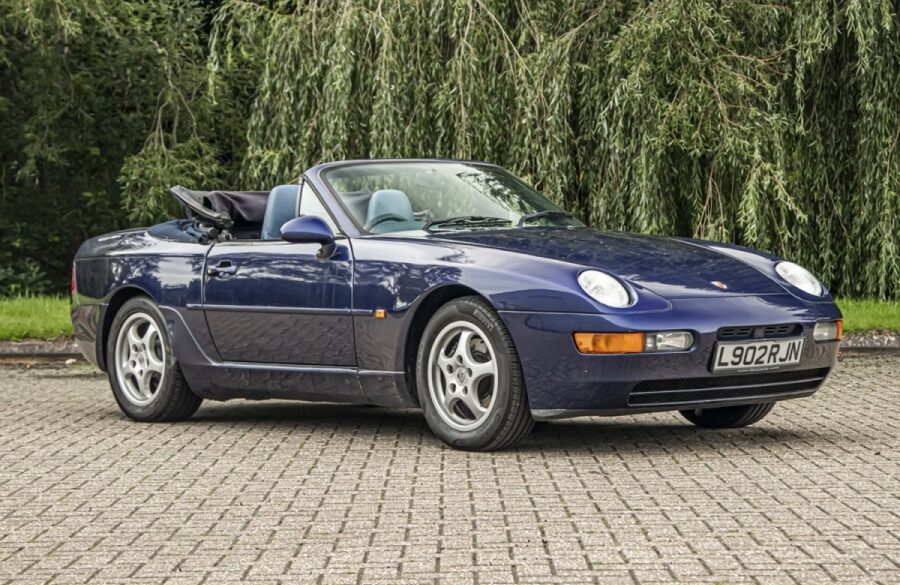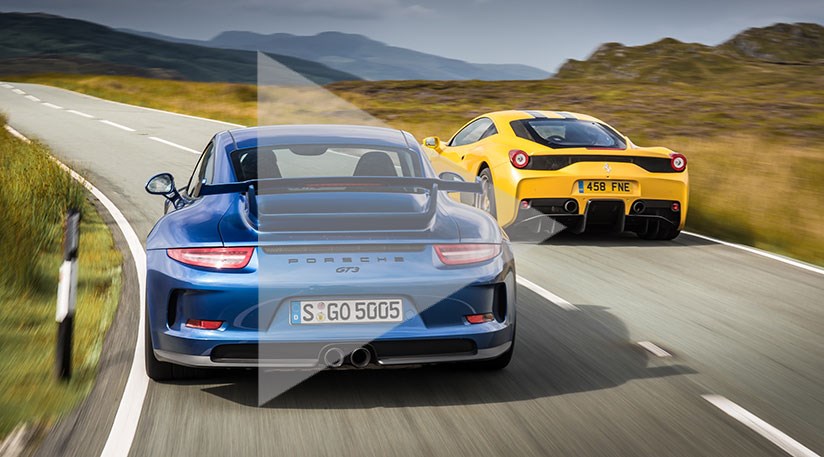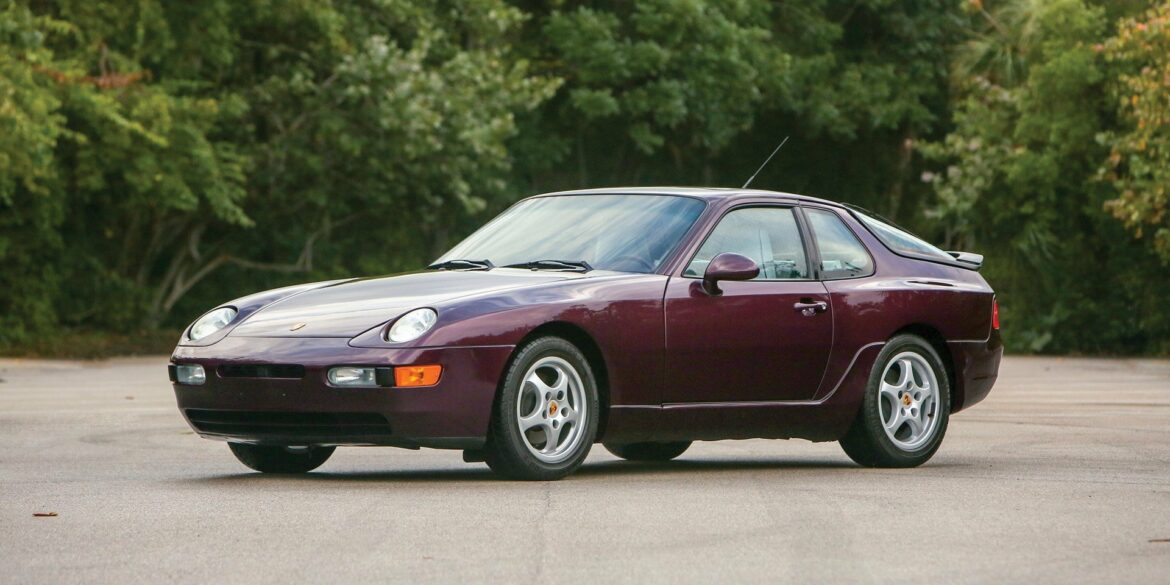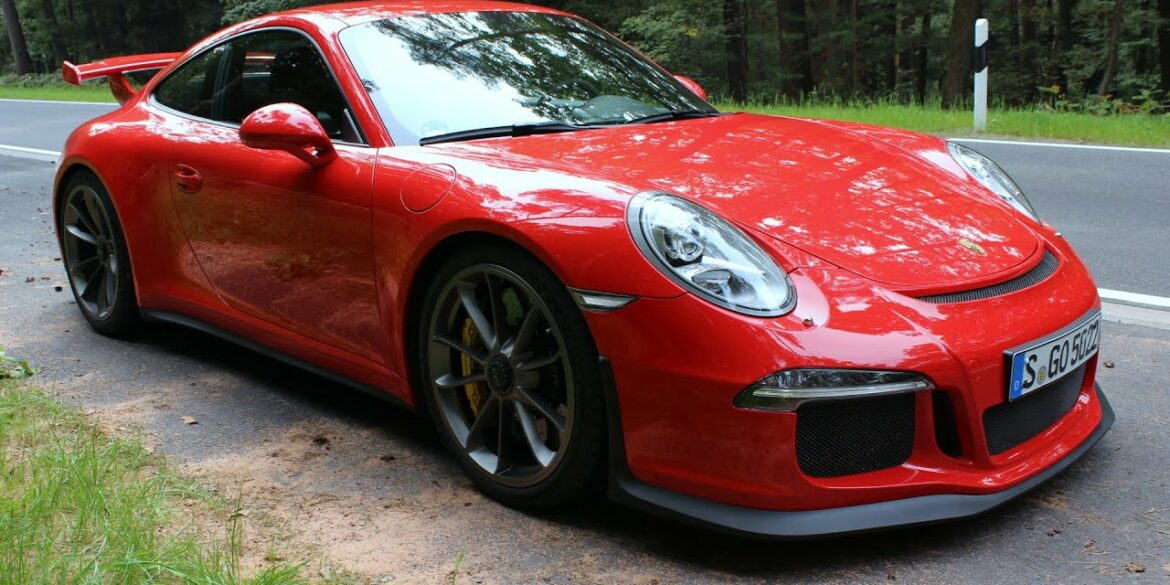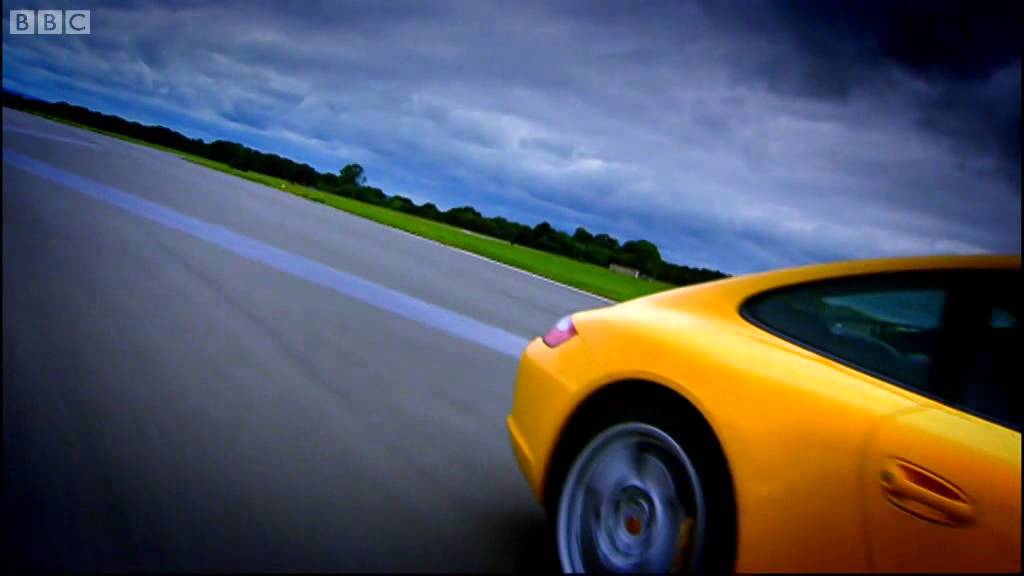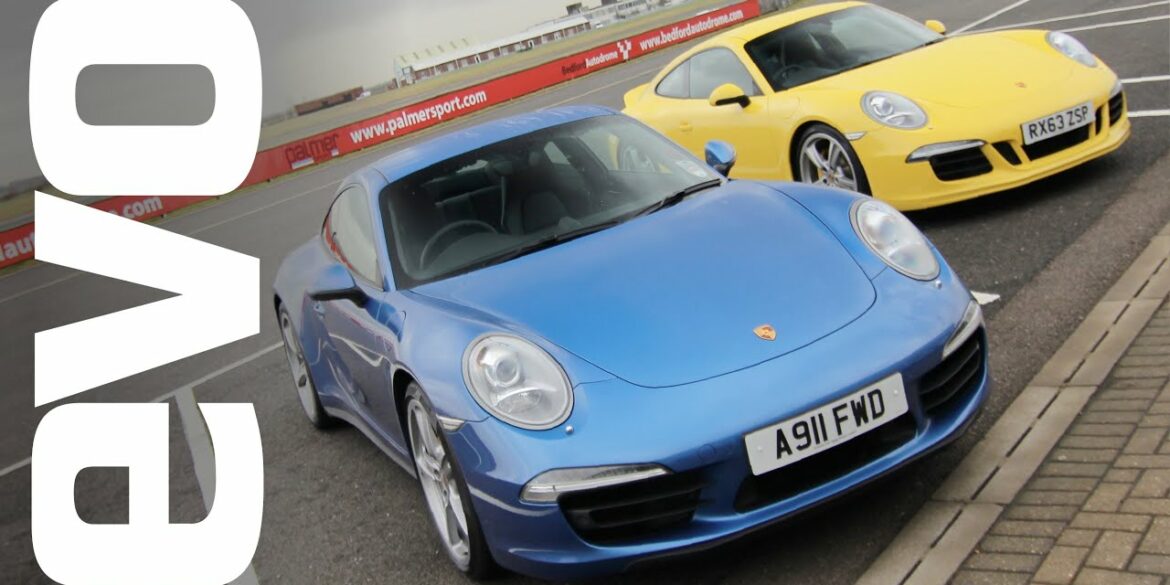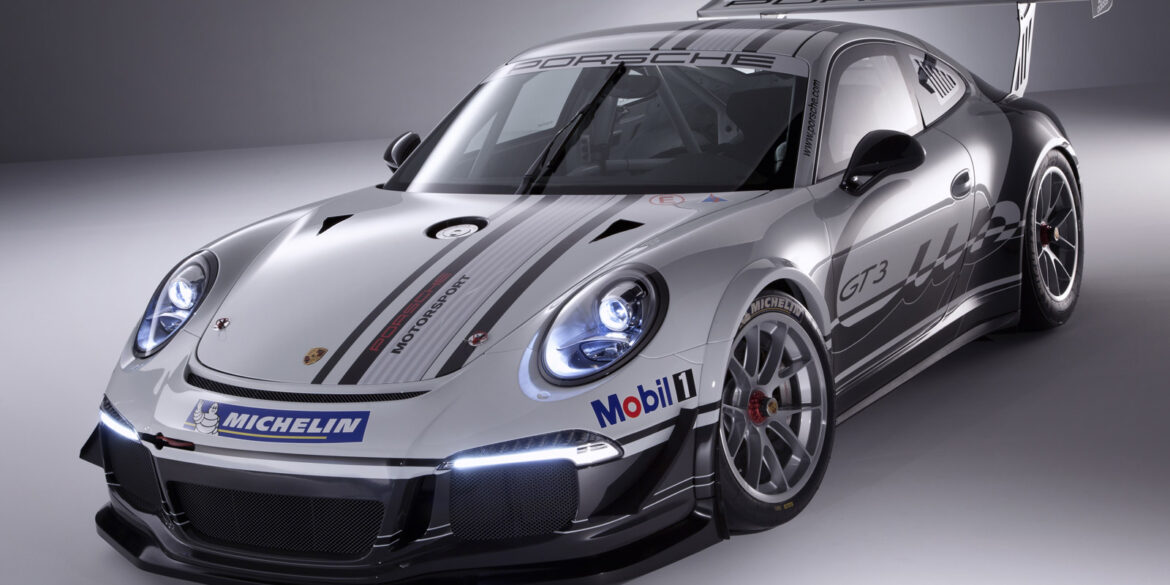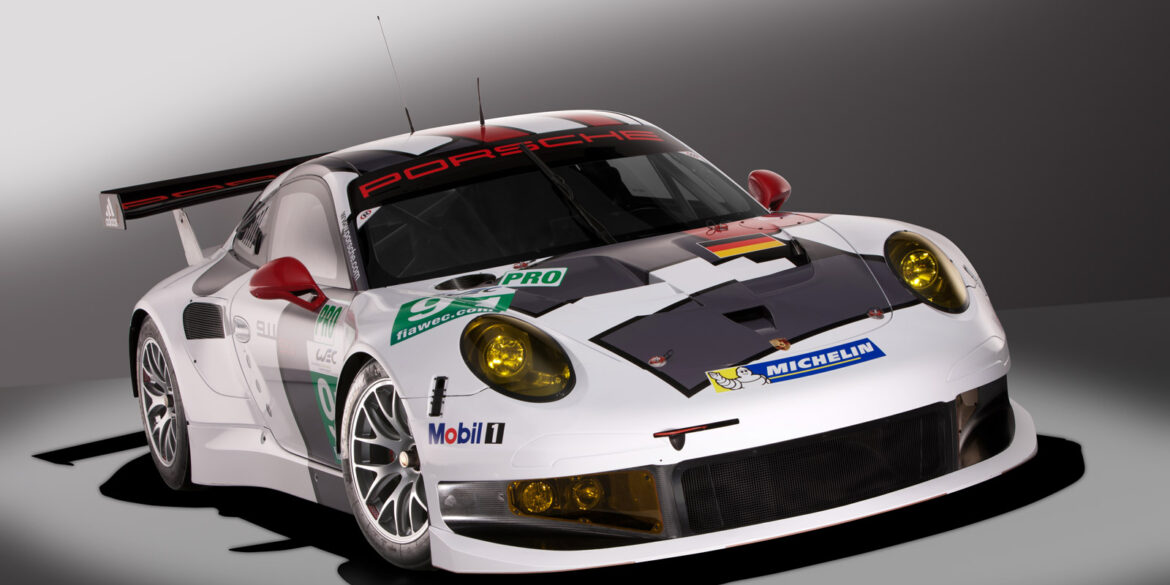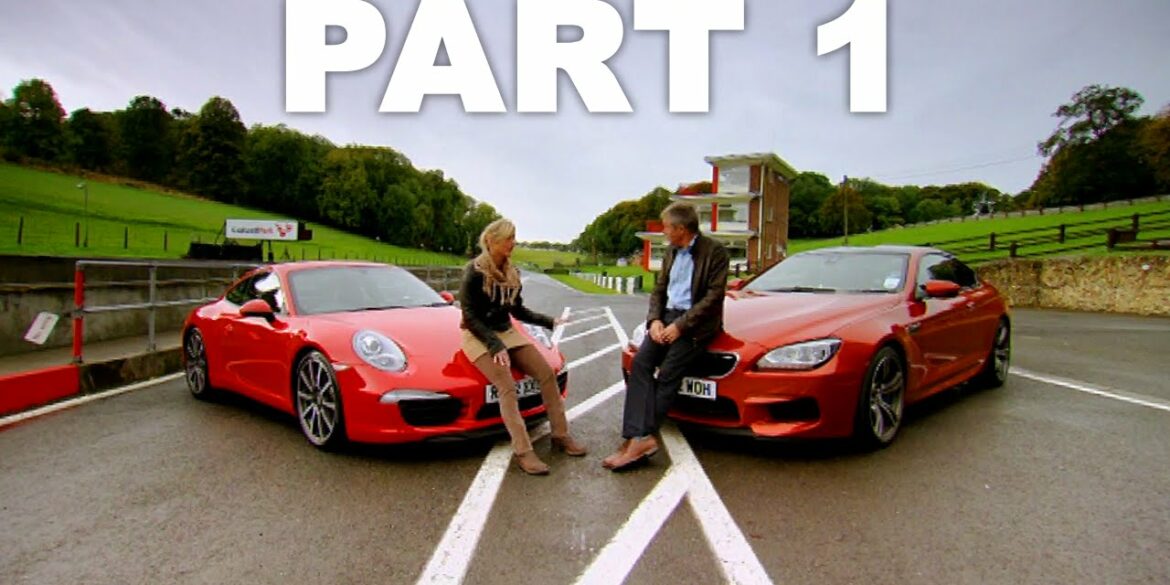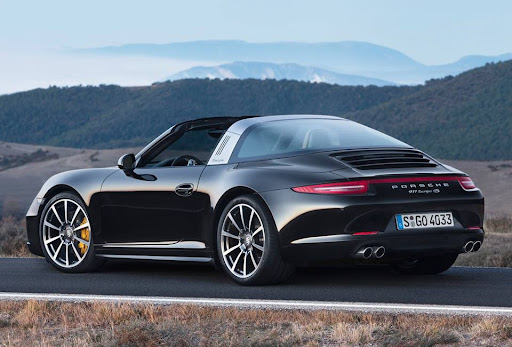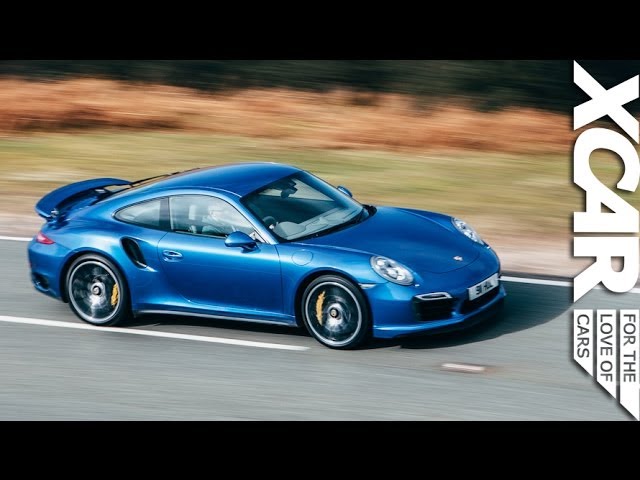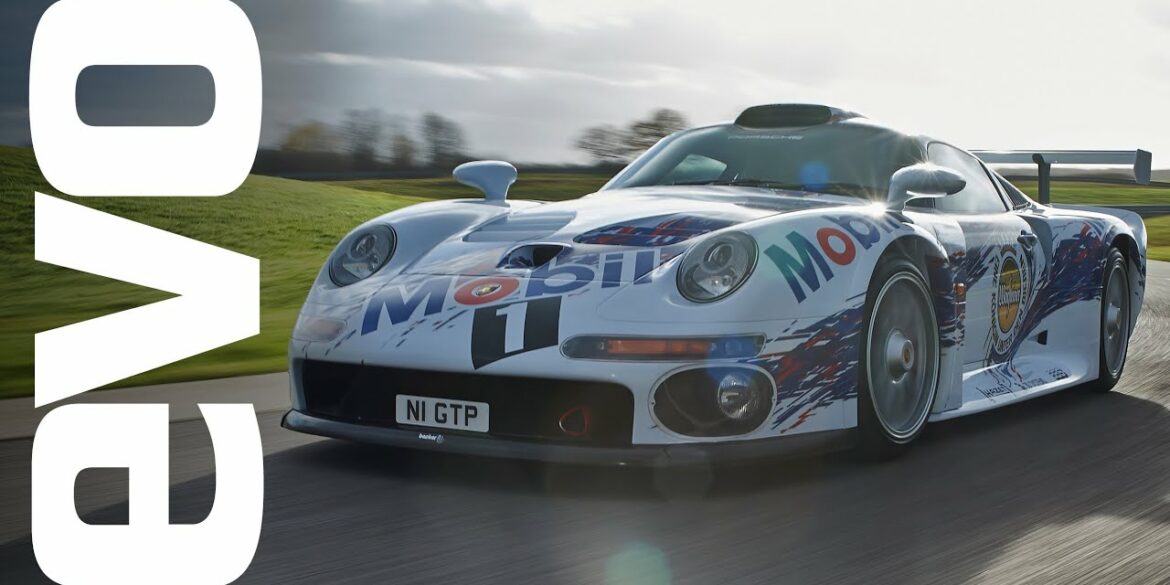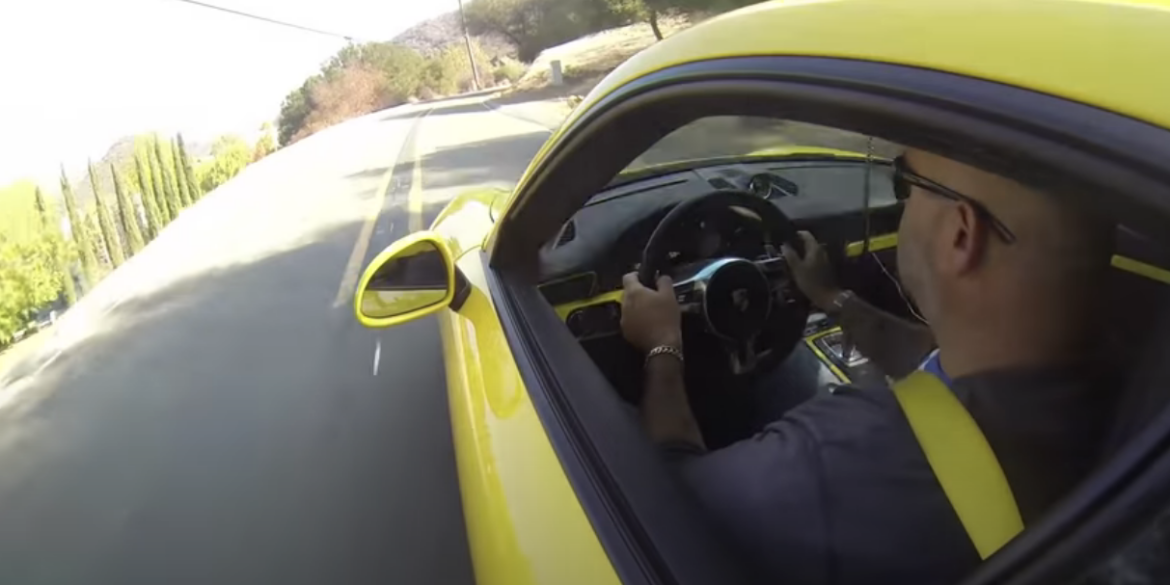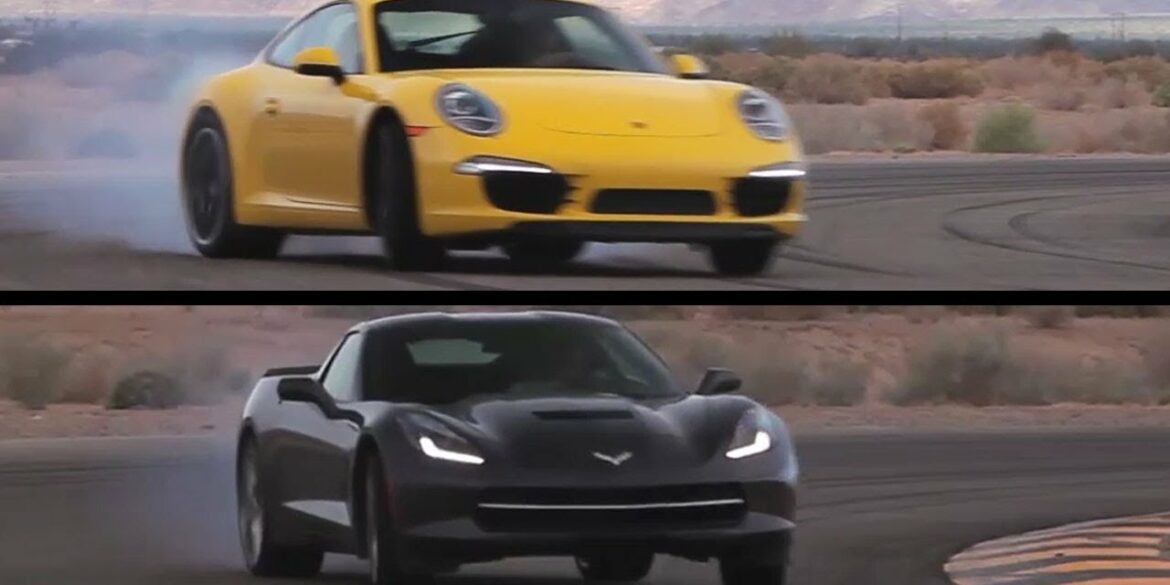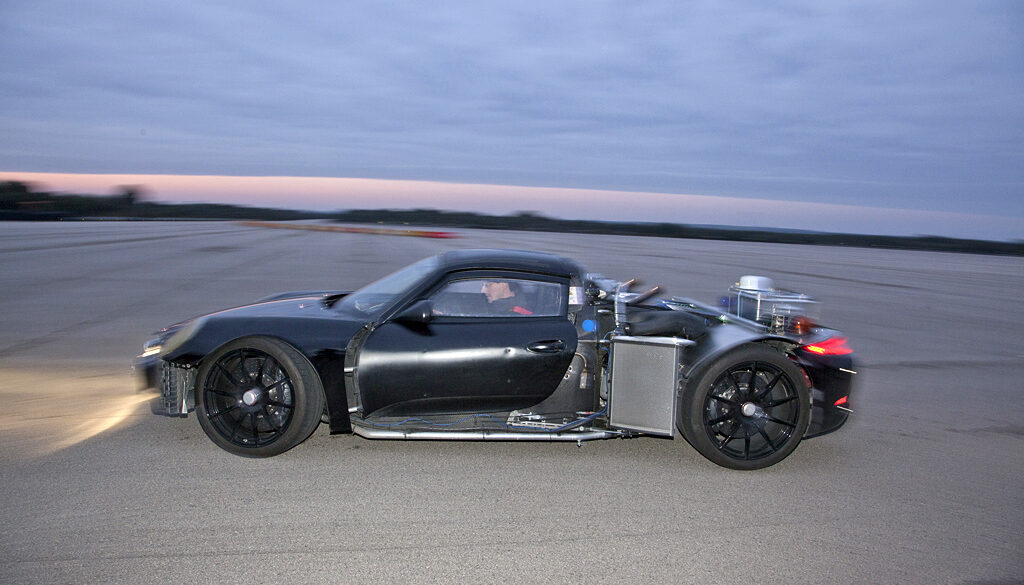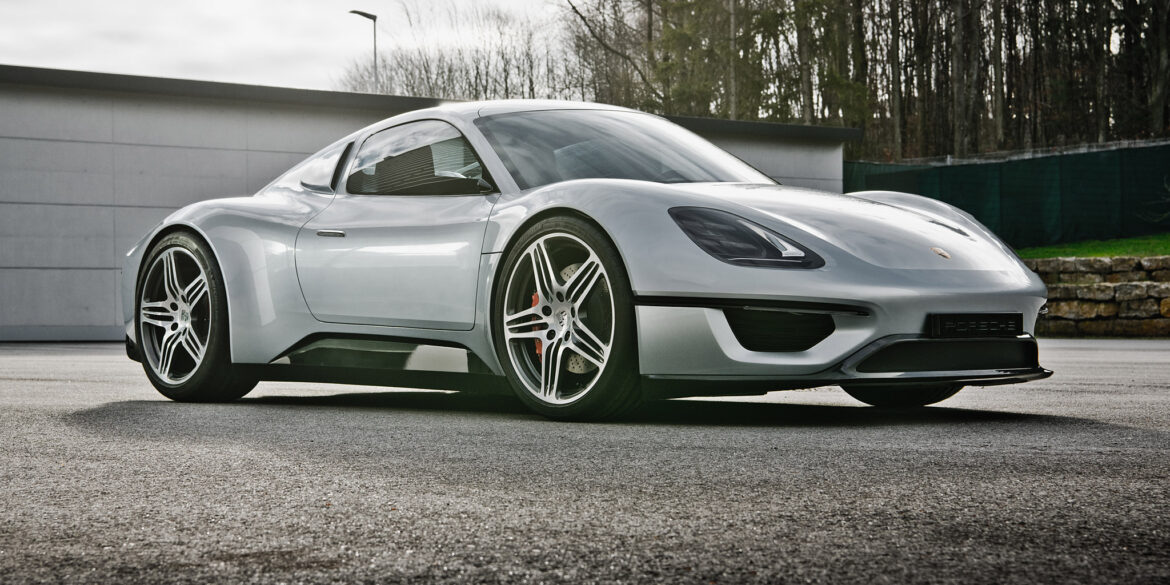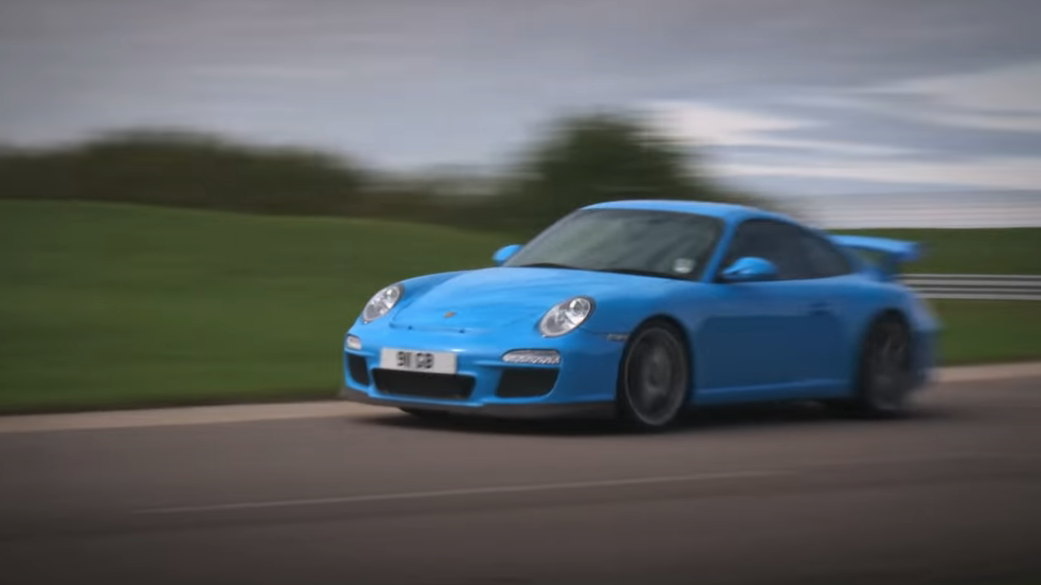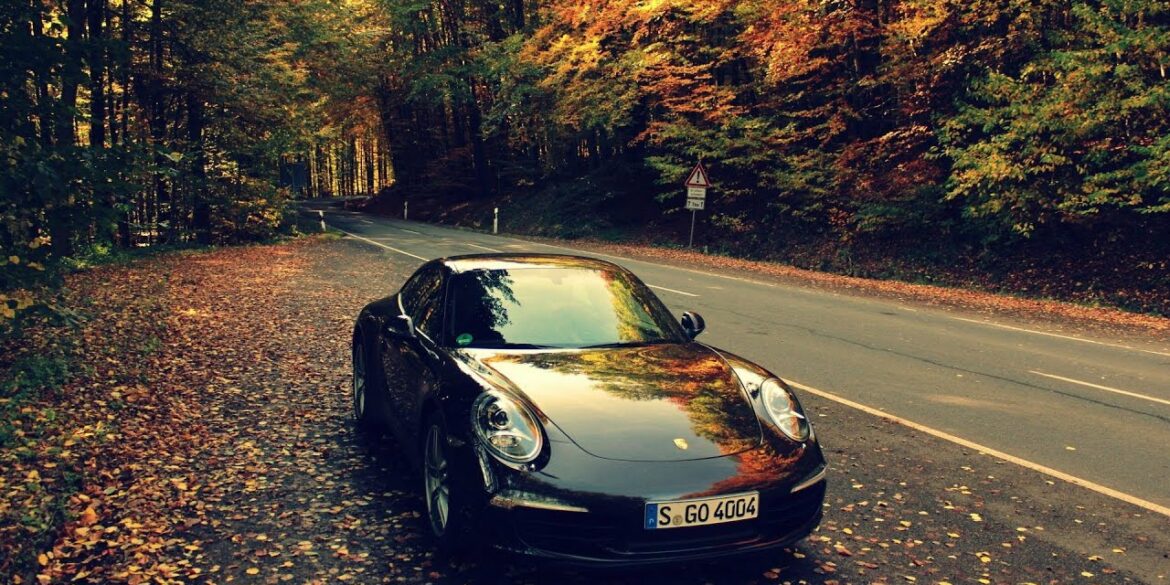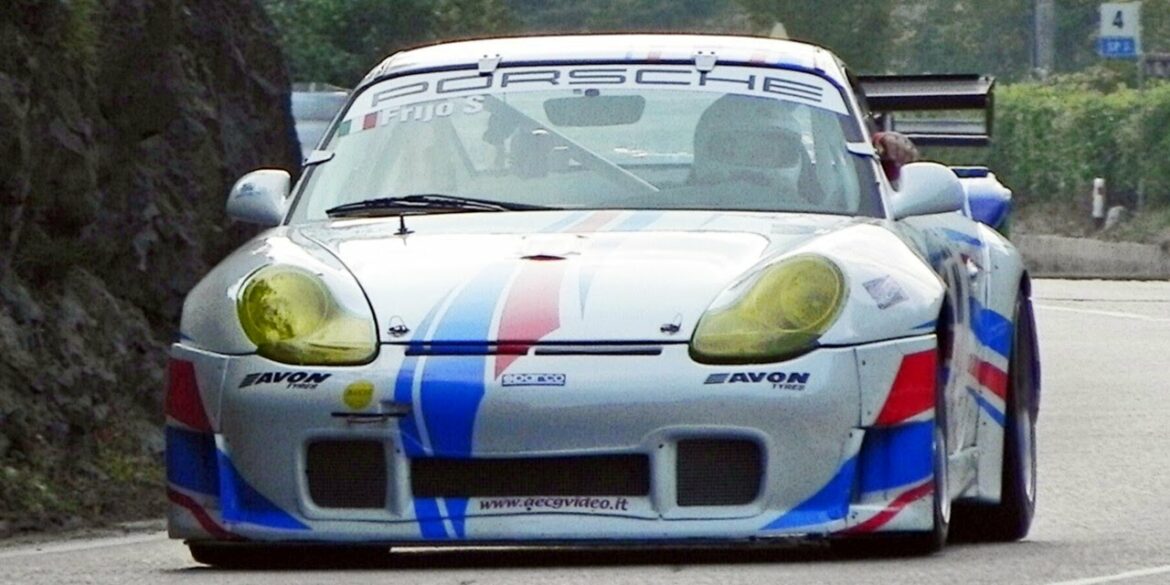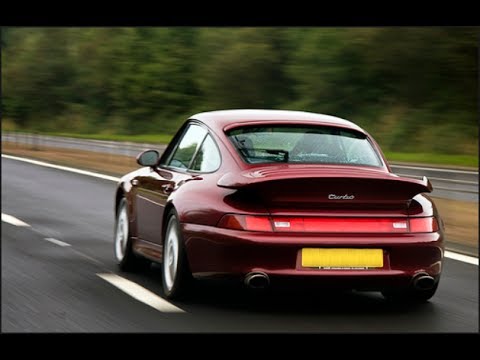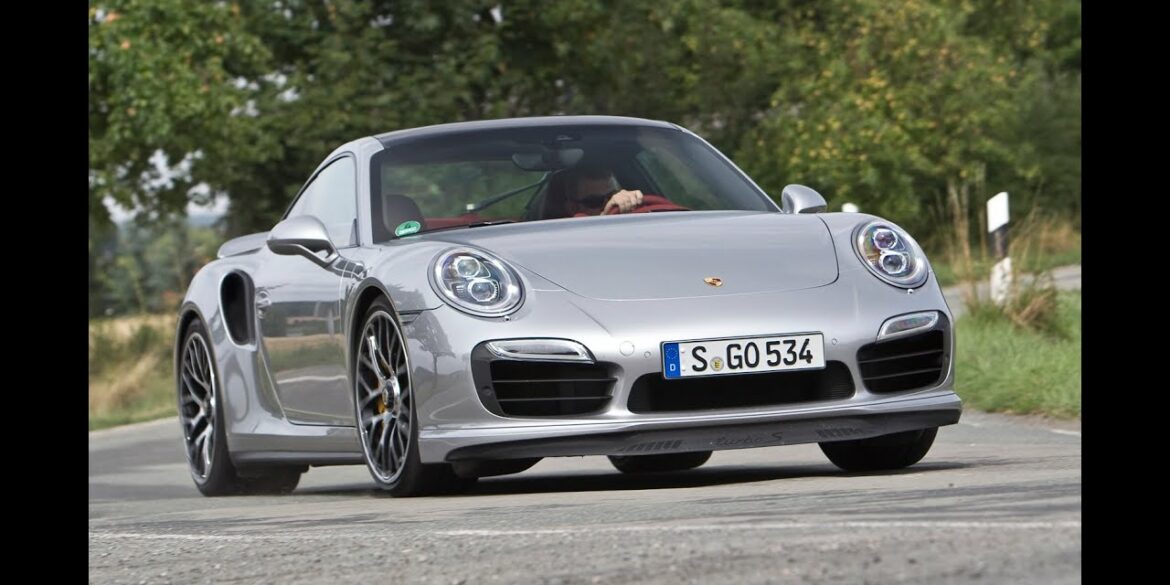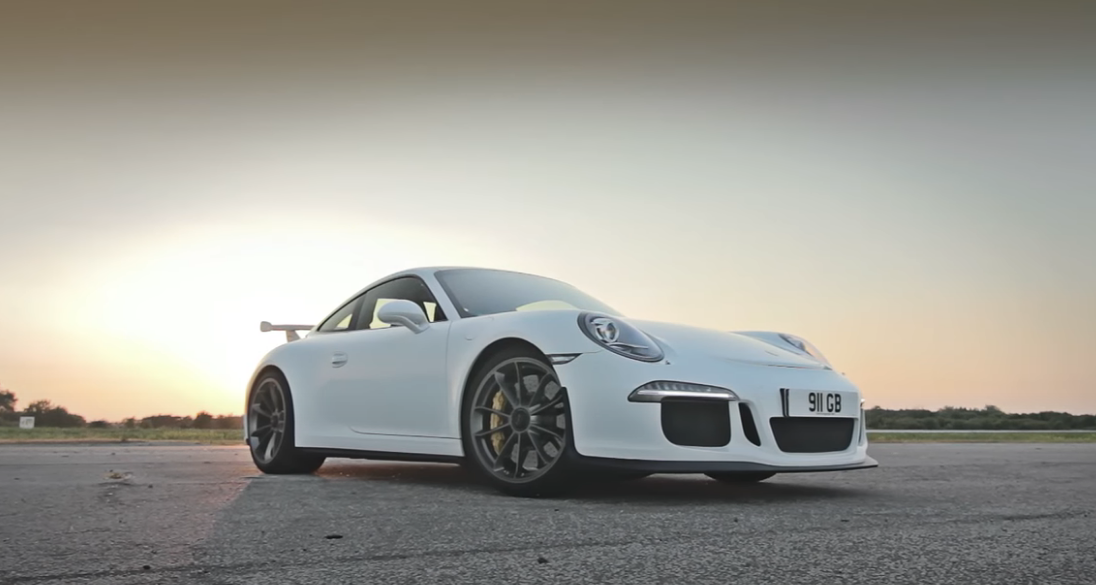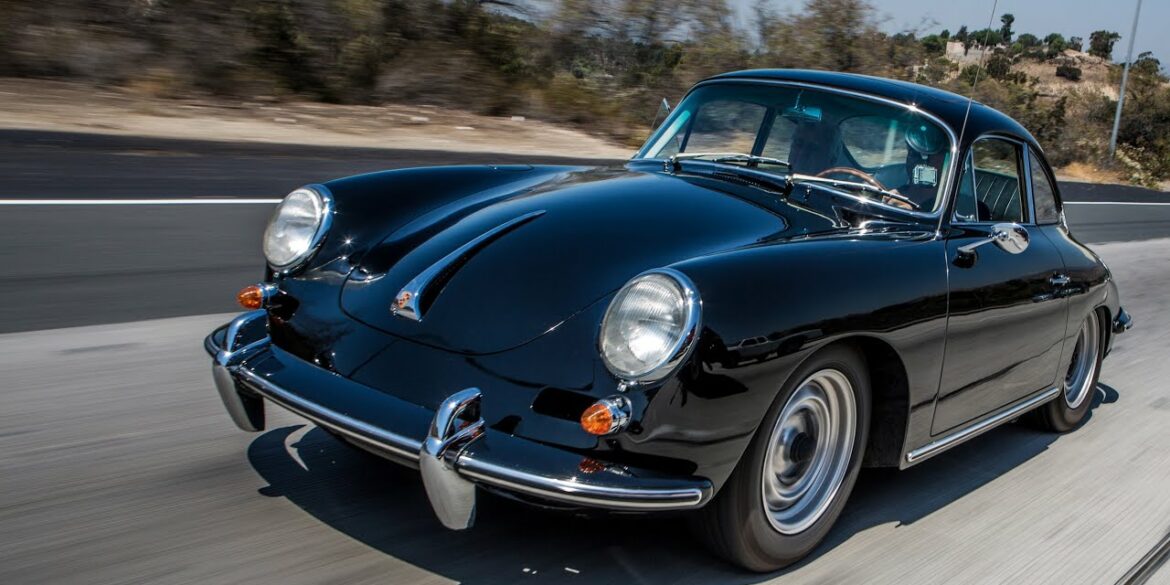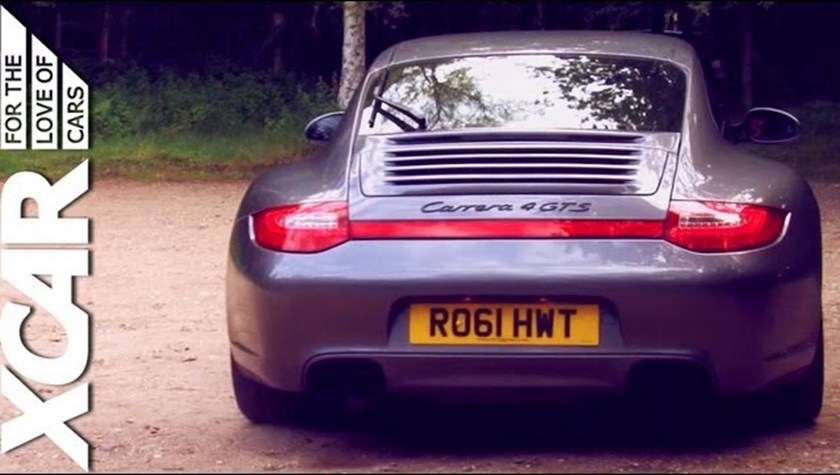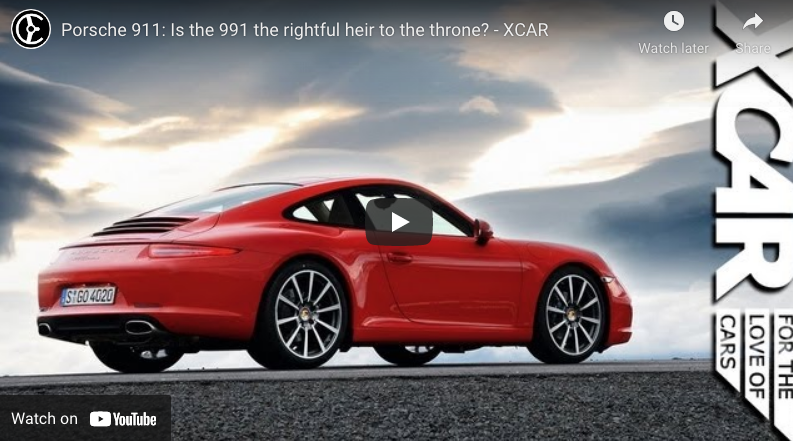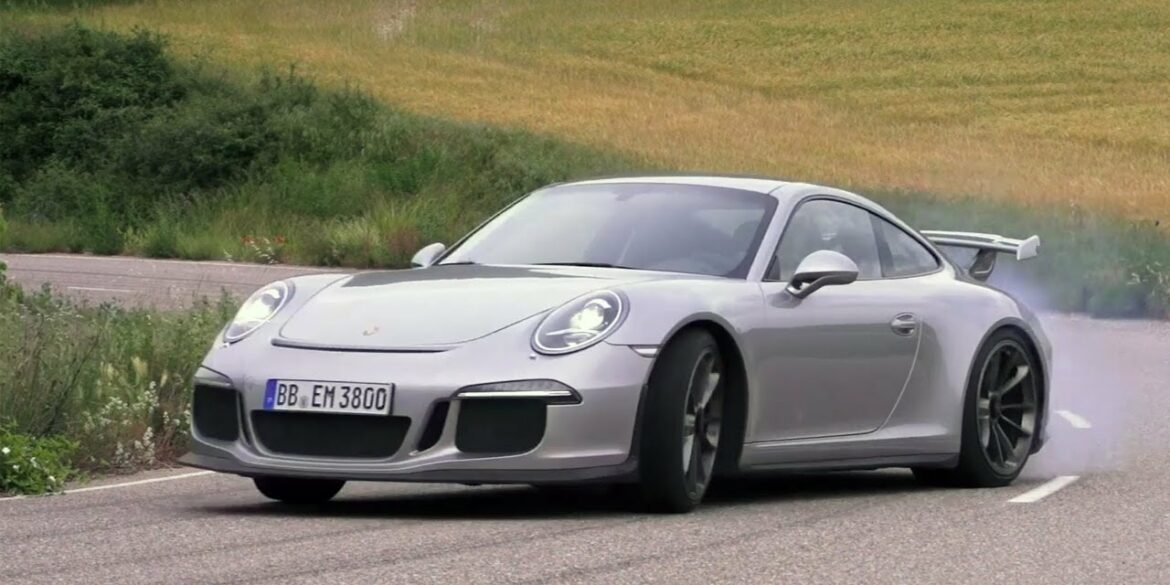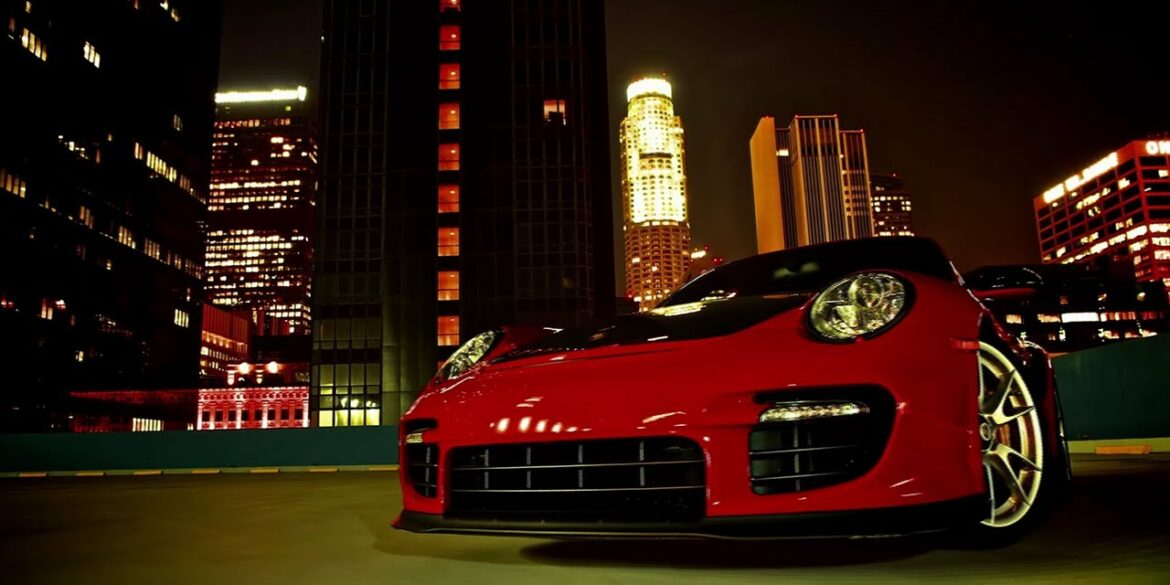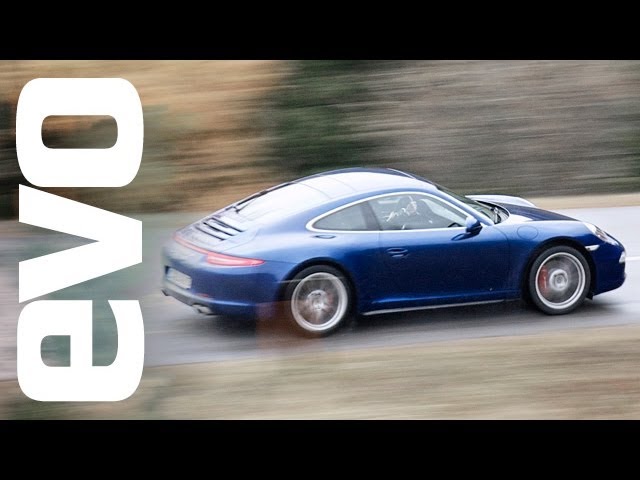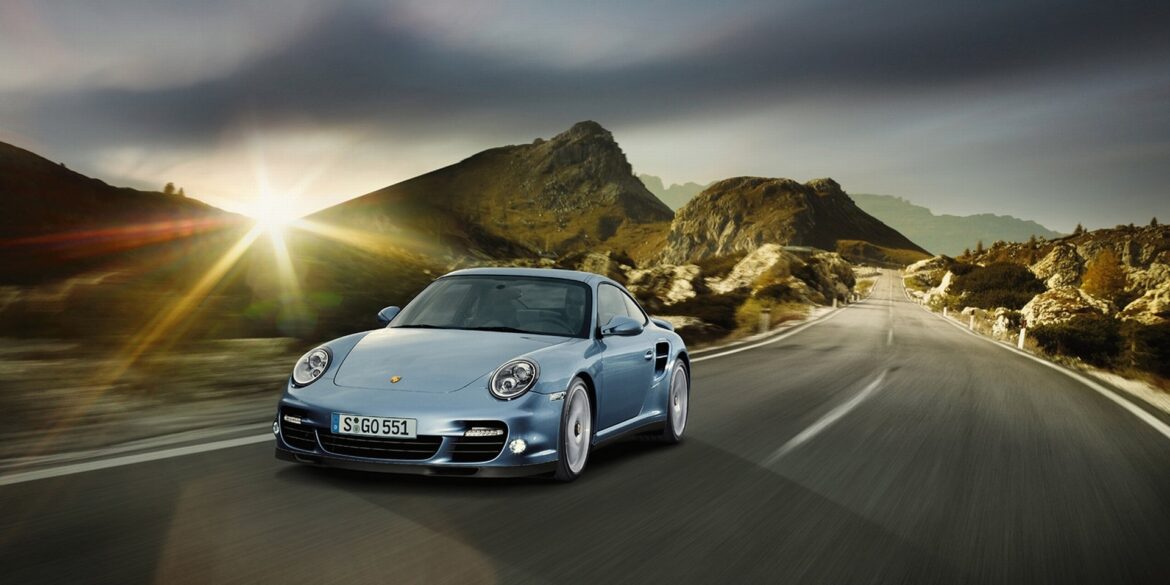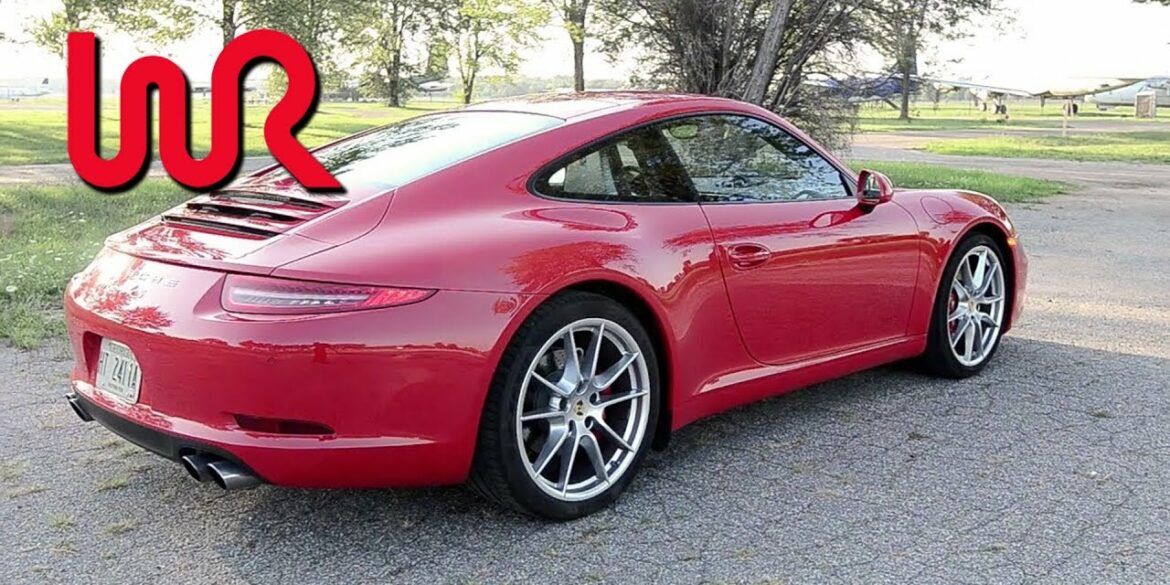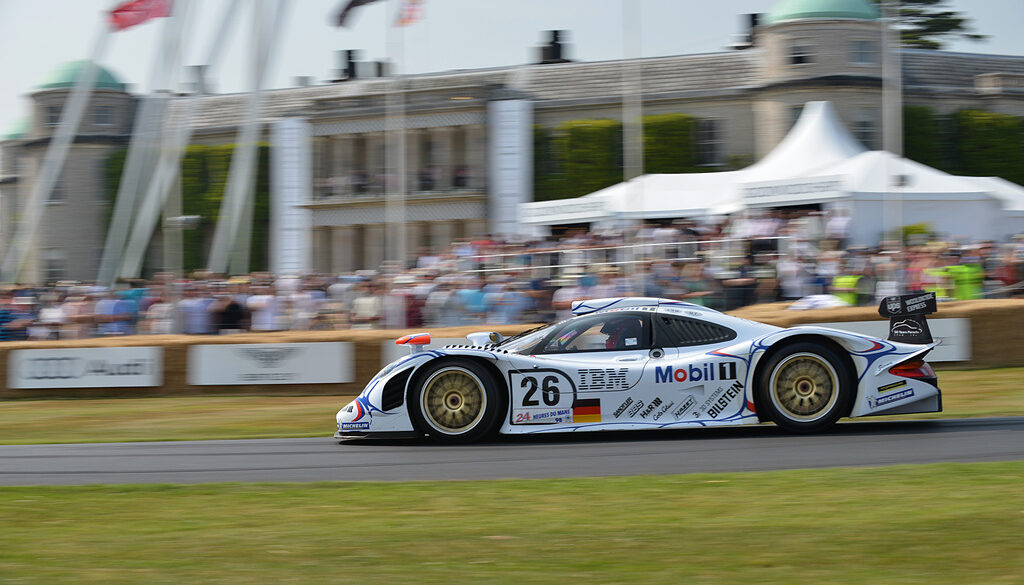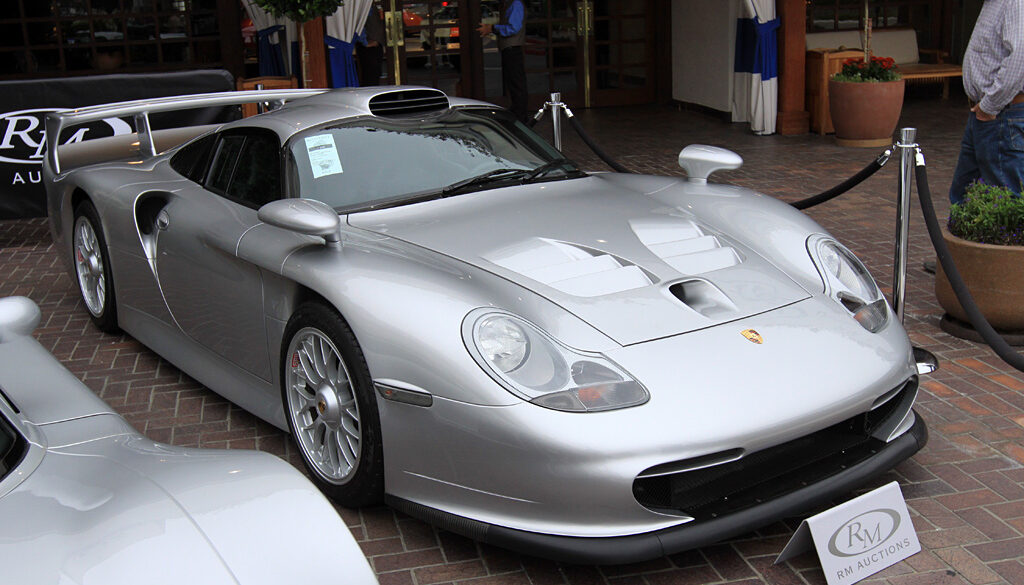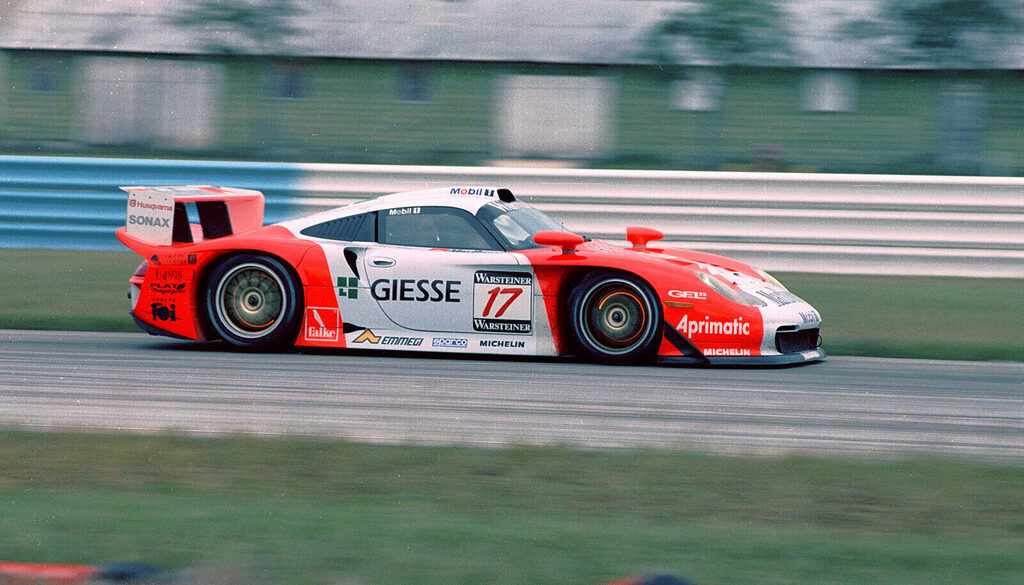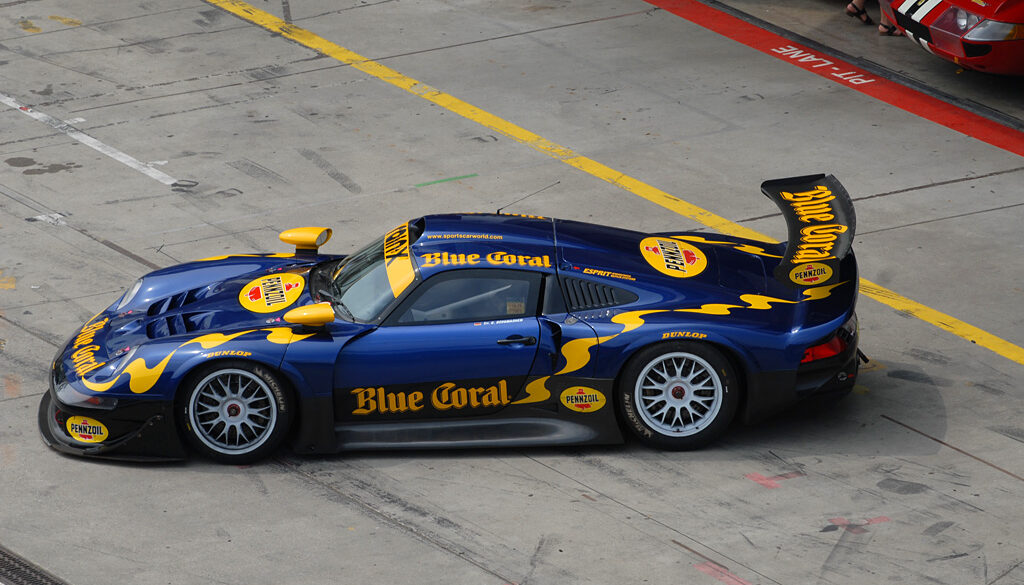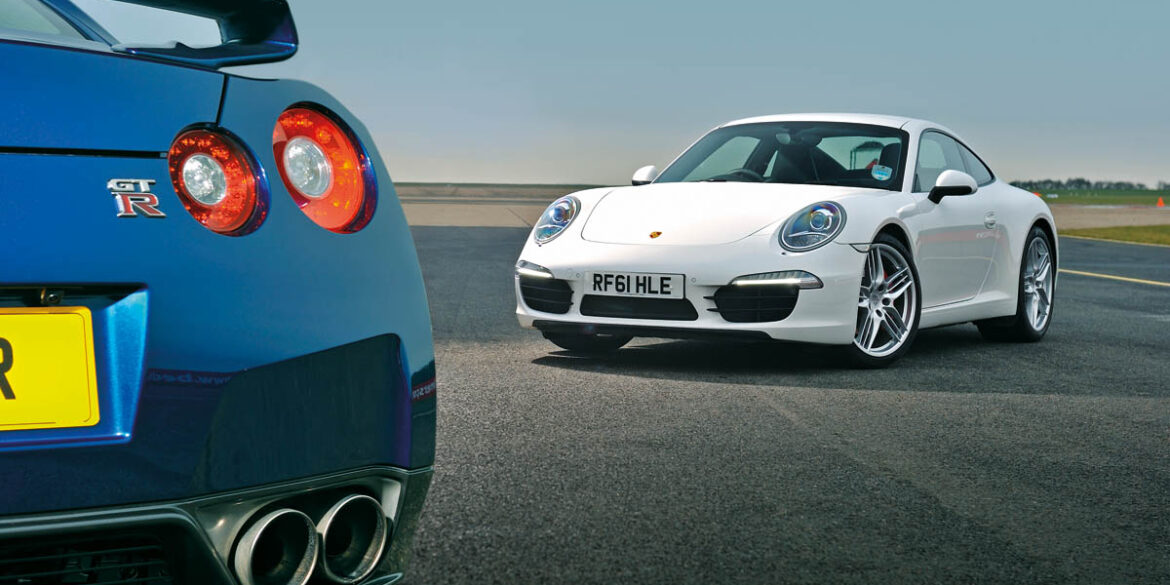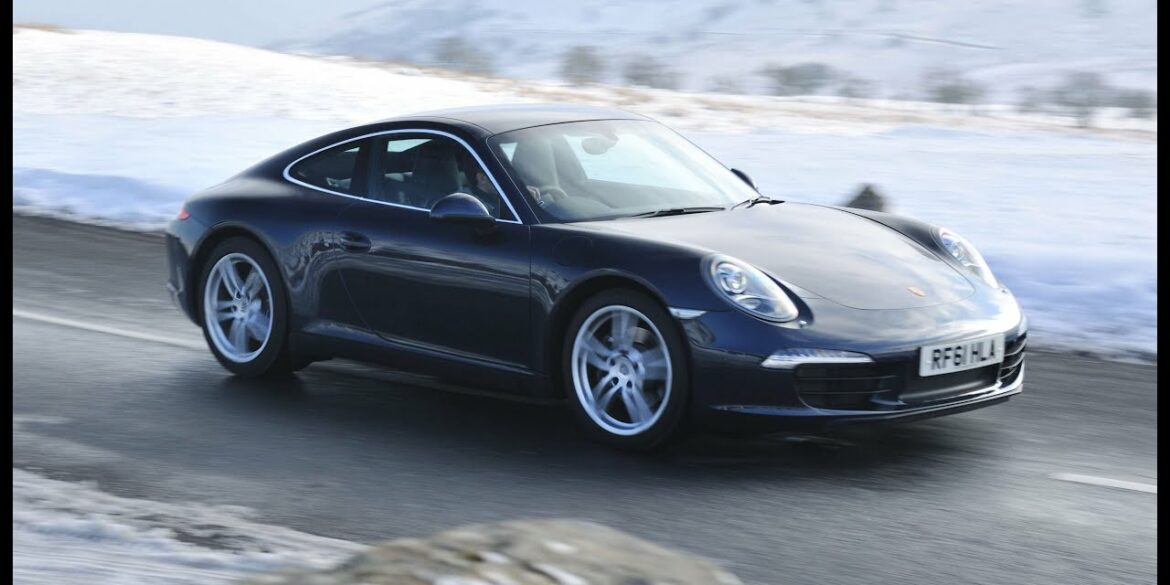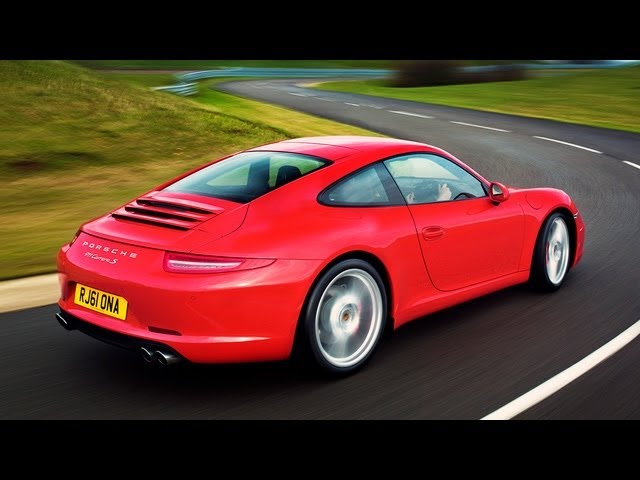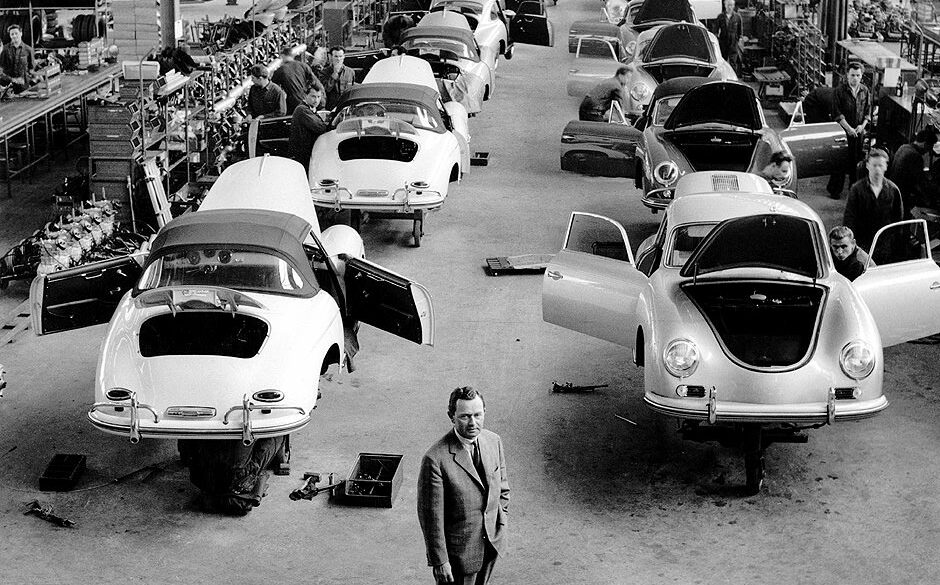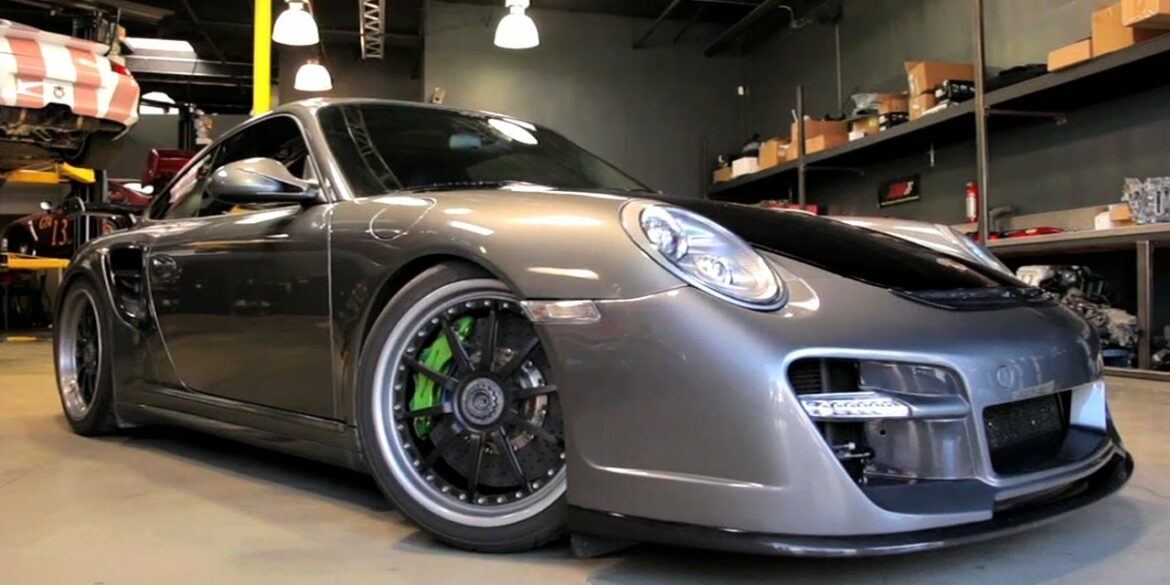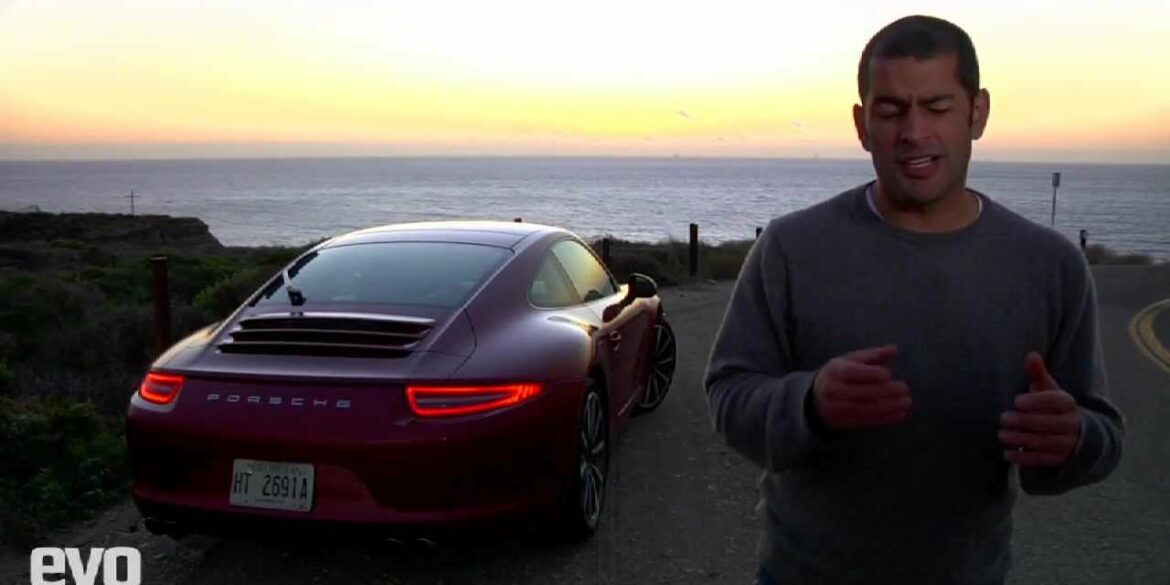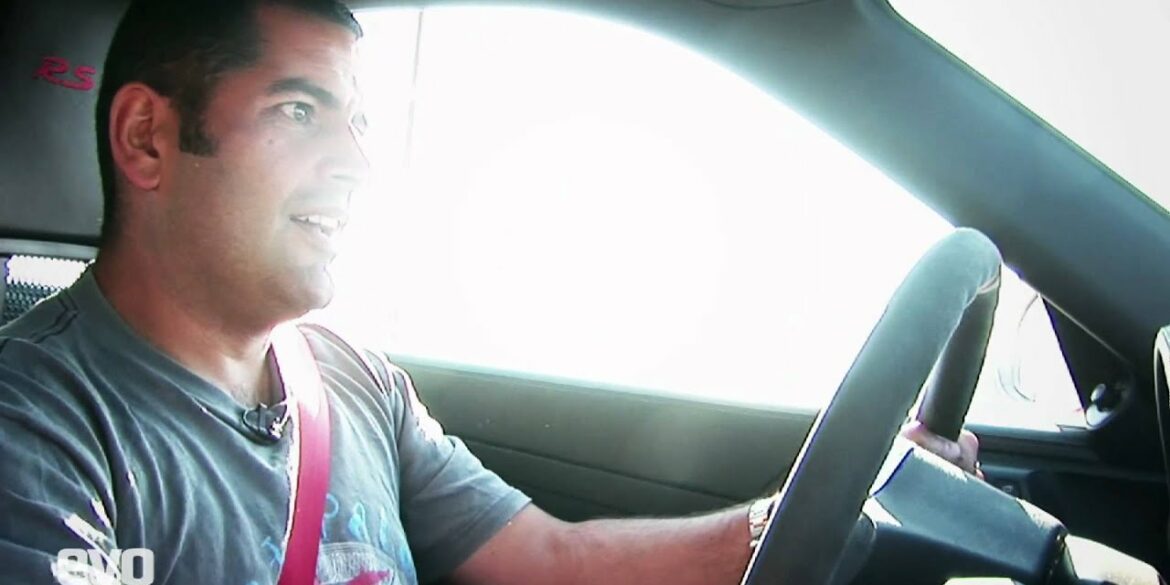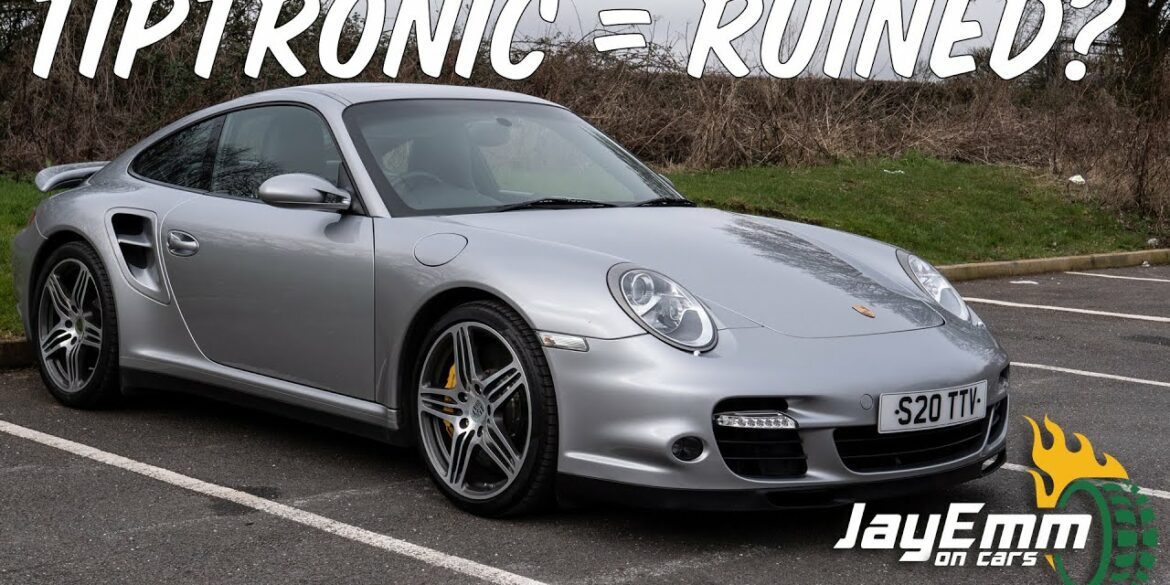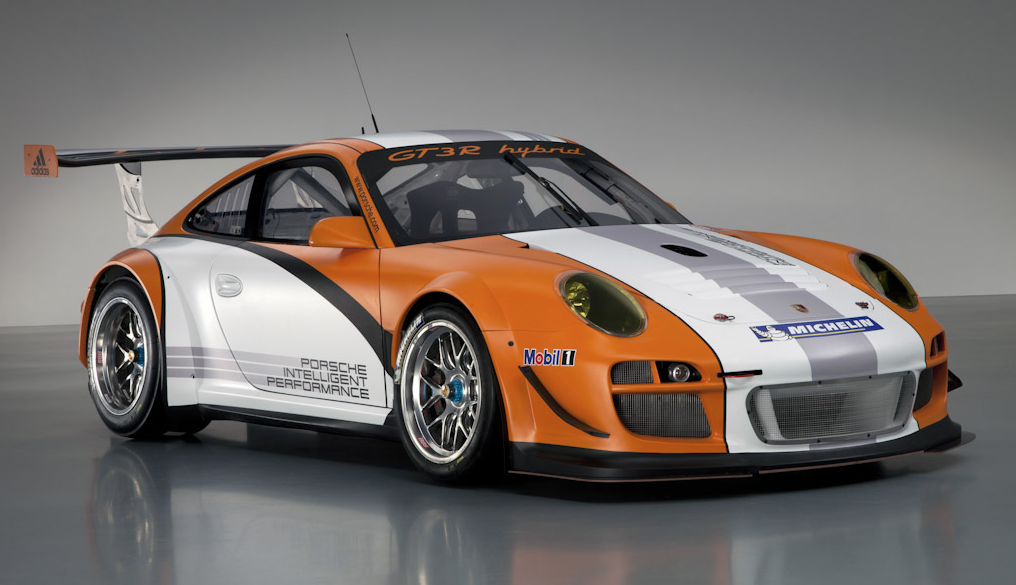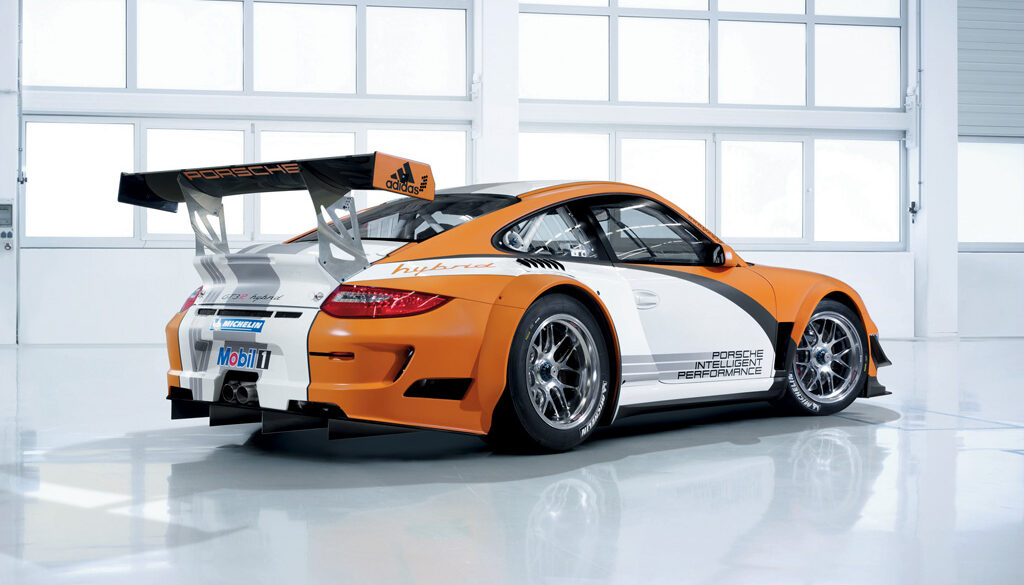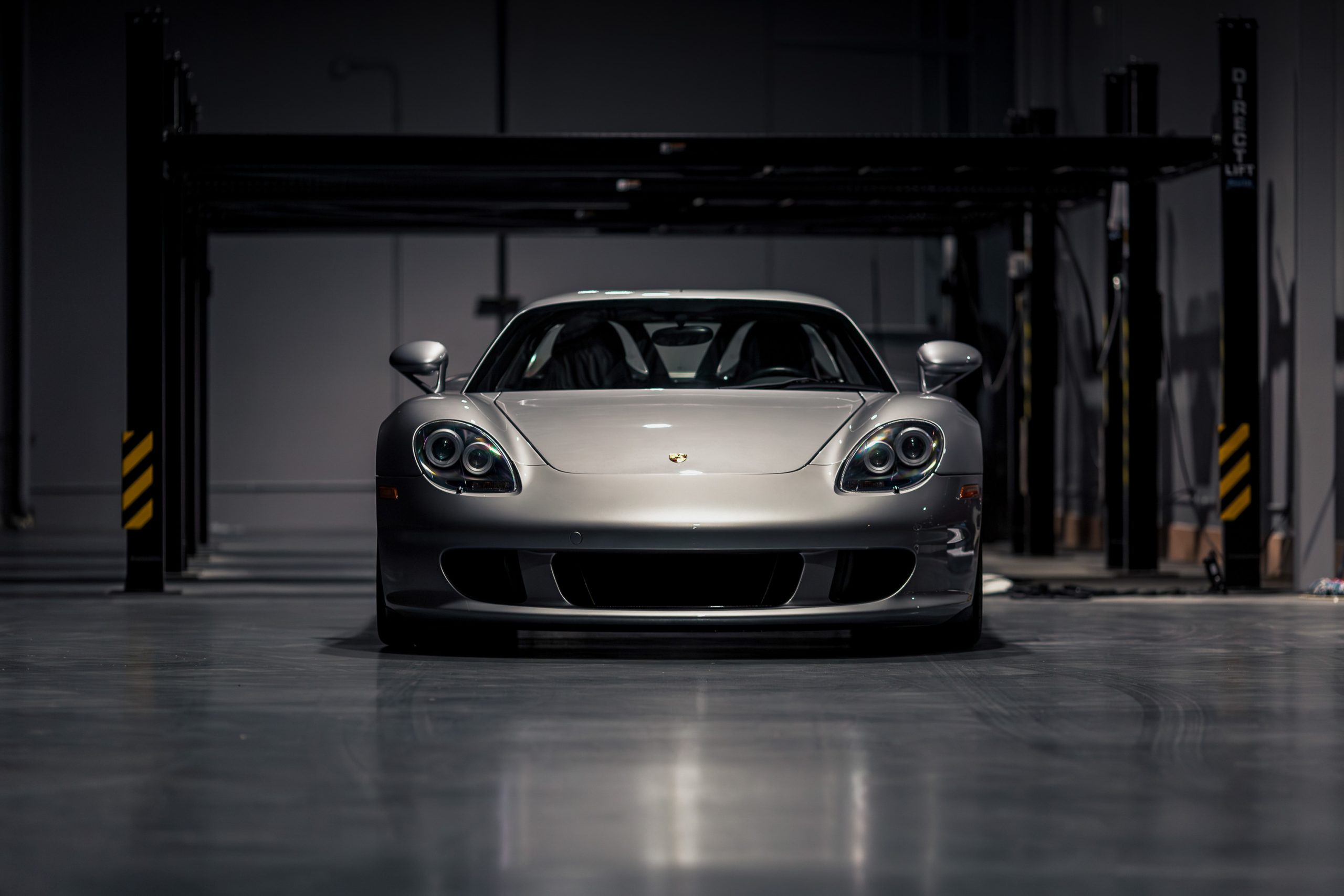991.1 Porsche 911 GT3 RS Review Evo’s Henry Catchpole delivers his first impressions on the incredible new 991.1 Porsche 911 GT3 RS...
JoinedMay 4, 2021
Articles3,547
Comments2
I am an Aussie boy, born and raised in Sydney who has now been living in my adopted hometown of New York since 2004. I never say NO to beer or pizza and love my wife and our three little boys. I'm an obsessed car nutcase. I talk about cars all day long. I have been into Porsches, Ferraris and every other cool carmaker since as far back as I remember. Back in 2013 I partnered up with some friends to acquire and operate some of my favorite automotive sites on the planet and Stuttcars was one of those sites. I hope to be a great steward of the brand.
They Tell Us Not to Worry. I Worry. Let’s See. The latest generation of GT3, the 991, is here and the manual gearbox has been banished. PDK all the way but has that killed the appeal of this monster?...
Porsche 991 GT3 RS on road and track The latest generation of GT3 RS, the 991. Lighter than a GT3, with more power, more grip, more aero and more purple....
Coffee, Magnus, and a 700HP Porsche GT2 Matt Farah tests the SharkWerks Porsche GT2, a 700HP beast of a car....
Mercedes AMG GT S vs 991 Porsche 911 GTS The Mercedes-AMG GT is a loud, dramatic coupe tied to an old-school ethic. Matt Prior pits it against the Porsche 911 to find out which is best....
The 911 GT America was based on the 991 GT3 Cup. It was built exclusively for the United Sports Car Racing (USRC) series and its GT Daytona class for 2014. While the GT3 Cup had a 3.8-litre engine at the time, the GT America was fitted with a 4.0-litre unit developing 351 kW. The main visual difference is the rear spoiler made to fit the USRC rules. Like the GT3 Cup, the GT America has 380 mm steel brake rotors at the front axle with 6-piston fixed calipers.
Introduced in late 1994 the standard 911 Carrera of the 993 generation was fitted with a development of the M64 3.6-liter flat six that had been found in the prior 964 generation. With a redesigned exhaust system and new hydraulic lifters, the engine produced 272 horsepower. For the 1996 model year, a Targa variant was introduced, and a variable intake runner system (called VarioRam) was added to the entire Carrera lineup, bumping horsepower to 285. Approximately 23,000 coupes were built, 15,500 cabriolets, and 4,500 Targa's, in both manual and automatic (Tiptronic) transmission. Overlapping with the last year of production, it was replaced by the 911 Carrera of the 996 generation for model year 1998.
This isn't technically a Speedster, but the Type 540 (Typ 540 K/9-1 to be very precise) - known more commonly as the America Roadster - started the idea. The American Roadster was the direct predecessor of the Speedster. U.S. importer Max Hoffman convinced Porsche it needed a lightweight convertible to compete. It only had an emergency folding roof and could keep up with larger sports cars of the era. But the production methods used to create the America Roadster’s aluminum body proved to be too expensive, and in 1952 Porsche built only 21 units before its discontinuation in 1953.
Matt Farah Reviews the 991.1 GT3 The latest generation of GT3, the 991. Matt reviews a 2015 Porsche 991 GT3 on Little Tujunga Canyon Rd! The 991 GT3 features a 475 HP flat-six engine, PDK gearbox, and in this base model, steel brakes....
For those who want more extreme performance, handling and track-day bragging rights, the RS is it. It's far from practical and may be too extreme for some, especially on the street, but on track it is exceptional. Only marginally quicker than the 991 GT3 that it is based on, but it delivers that performance with a different character. Massive grip, massive downforce and more extreme than the GT3. It delivers 80 per cent of the downforce of the full-on GT3 R race car, and with a carbon fibre bonnet and wings, a magnesium roof and polycarbonate rear windows and screen, it’s also light, weighing in at just 1,420kg.
Everything you need to know about the 991.1 Turbo S Cab comes from Car and Driver test results. "Launch control puts the computer in charge and sends the 3741-pound Turbo S Cab to the far side of 60 mph in just 2.8 seconds. A quarter-mile that nearly breaks into the 10s—11.1 seconds at 124 mph—attests to how serious this car gets when provoked. We saw 1.0 g on the skidpad and a stopping distance of 151 feet, both strong numbers abetted by the hilariously staggered Pirelli P Zeros (245/35 in front, 305/30 in back)". This is in a comfortable, all-wheel drive, grand touring convertible.
Porsche offered the 991 Turbo S from the start of the production of the 991 Turbo. The unique features of the Turbo S were the GT3 mirrors, slightly different front spoiler grilles and interior features. As before, the Turbo S was a heavily equipped version of the Turbo. The powerkit added 29 KW of power and the following equipment came as standard: PDCC hydraulic rollbar system, Sport Chrono (Launch control and 0.15 bar overboost functions), dynamic engine mounts, PCCB Porsche Ceramic Composite Brakes, central lock wheels, full LED dynamic headlights, 18-way Sport Plus seats with memory.
Porsche introduced the 991 GT3 for the 2014 model year, as follow up to the multiple 997 GT3 variants. The 991 GT3 featured a new 3.8 litre direct fuel injection (DFI) flat-six engine developing 475 hp (354 kW; 482 PS) at 8,250 rpm, Porsche's Doppelkupplung (PDK) double-clutch gearbox, and rear-wheel steering. The 911 GT3 is claimed to be able to accelerate from 0-60 mph (97 km/h) in 3.1 seconds or less, and the quarter mile in 11.2 seconds at 126 mph (203 km/h). It evolved into the 991.2 GT3 for model year 2018.
The 2014 50th Anniversary Edition 911 was built by Porsche to commemorate the 911’s birthday, 50 years after its production launch in 1964. In homage to 1963, the year the 911 debuted at the 1963 Frankfurt Motor Show, production was limited to 1,963 units. The 50th Anniversary uses the wider body from a Carrera 4S (but remains only rear-wheel-drive) and is lower than a standard Carrera by 10mm. The 20 inch-alloys are a modern take on the original Fuchs wheels, and the seats are finished in “Pepita” cloth. Includes Porsche Active Suspension Management (PASM), sports exhaust and powerkit tickled 430 hp flat six.
Carrera RSR 3.0 Sounds Spectacular Porsche 911 Carrera RSR 3.0 in action! Natural Sound. 1974 Porsche 911 RSR 3.0 a historic Race car of Le Mans 24 Hours! 182.7 cu in. | 3.0 L. – 315 BHP (231.84 KW) @ 8000 RPM. Drivers: #96 – Santiago ORJUELA / Juan ORJUELA...
991 911 Carrera GTS Review The Porsche 911 Carrera GTS (991) stretches what the original GTS stood for but in real world terms it might be the best 911 if the standard car isn’t quite enough for you but you need something you can drive every day....
Jay Leno’s Garage Review of a tuned Porsche 997 GT2 When Magnus met Alex Ross of SharkWerks at Jay’s garage, a love connection was made – which yielded this baby!...
A Drive In A 1956 Porsche 356A T1 Speedster Starting any classic car is special. There is the sensation that something distinct and superior is taking place because of the rituals observed and details you notice. On this 1956 Porsche 356A T1 Speedster for example the windscreen is removable, the...
Porsche 930 Turbo – One Take Matt tests a modified Porsche 930 Turbo making 150 hp more than stock! The 930 turbo used to be known as “the widowmaker” for its peaky powerband, but with modern tires, it really becomes a joy to drive....
In 1988, Porsche produced 875 examples of the CE or Commemorative Edition 911 Carrera in coupe, targa and cabriolet variants to mark the production of the 250,000th 911. Distinguishing features include special diamond blue metallic paint with color-matched Fuchs wheels, front and rear spoilers, and interior carpets and leather. These cars also featured Dr. Ferdinand Porsche's signature embroidered on the seats in the headrest area.
Just 50 ‘C16’ cars were manufactured for the UK-market, initially equipped with an uprated engine of 330bhp (from 300) mated to a 4-speed transmission. However, at the end of 1988, the uprated 5-Speed G50 gearbox was introduced, dramatically easing the peaks in power delivery by reducing the effects of ‘turbo-lag’. The factory SE also benefited from a dual-exit exhaust system, limited-slip differential, heated front seats and a sunroof.
The 911 Carrera Club Sport was Porsche refocusing on what they do best – high performance, lightweight motoring. This is probably the most underrated Porsche ever made. Manufactured between August 1987 and September 1989 only 340 cars. It had a blueprinted, high revving engine mated to a modified short-shift, close-ratio G50 gearbox. It had track-bias suspension modifications too.
Porsche introduced a new wide-body package option. Known as the M491 option it was commonly known as the "Turbo-Look". It gave the naturally aspirated cars the look and style of the 930 Turbo with wide wheel arches and the distinctive "tea tray" tail. It wasn't just about looks however, because M491 also got you the stiffer suspension shared with the Turbo and the superior Turbo braking system as well as the wider Turbo wheels. It was available on the Coupe, Cab and Targa.
Finally, in 1982 the model 911 SP 'Ferry Porsche' was introduced as a special edition to celebrate 50 years of Porsche. This special edition was finished in Meteor metallic paint with burgundy leather interior and a 'Ferry Porsche' signature on the headrests. Only 200 of these now-classic special cars were built (130 Coupes and 70 Targas). The 911 SC “Jubilee” or “Ferry Porsche” is the first “limited series” sold in Europe.
Thrashing Porsche’s Most Epic Car It’s #ThrowbackThursday! Jason is trying out the Porsche 911 GT2 RS to see if it competes with the Ferrari 458 Italia....
Beginning in 1954, a new version of the Pre A 356 was introduced that is now known as the Porsche 356 Pre-A Carrera, with a powerful engine that was available in coupe, cabriolet, and Speedster variants. Highly desirable today, the Carrera name denotes the race inspired 1500 cc four cam motor that produced an astounding 110 hp. Approximately 97 of these motors were produced sometime between 1954 and early 1955. The Carrera versions would continue in the next generation 356 as the Porsche 356 A Carrera.
Slantnosed and based on that of the 935 racecars, with pop-up headlamps. The front spoiler was made deeper in order to accommodate the extra oil cooler, while intakes in the rear wings fed air to the brakes. The larger turbocharger and four-outlet exhaust gave 30bhp of extra power. Porsche began their “special order program” offering a Flachbau option (Slantnose) for the 930 in very limited production. All of this at a cost of nearly 2 times the standard 930S.
In 1980, a true limited edition model 911SC was produced for the American market. The 'Weissach' edition was a standard SC with special paint. It was built in 1980 to honor the Porsche Motorsport team working in Weissach Germany. 468 units were made and half were painted Metallic Black, the other half in Platinum Metallic. The interiors were wrapped in Doric Grey leather with burgundy piping. Additional body and mechanical specs included whale tail spoiler, Bilstein dampers and Fuchs wheels.
Generally speaking the early models or so called ‘Pre A 356′ models are more desirable than the later models. At the top of the pyramid and the most exclusive is the Carrera version which carries the legendary 4 cam ‘Fuhrman’ engine. But just below that comes the ‘Super’ speedster. The ‘super’ version had more horsepower (75 vs the standard 60) and the powerful ‘type 528 engine’ for the 1500 Super version.
An export hit, built in response to customer demand: the American importer Max Hoffman requested a Porsche costing less than 3,000 dollars for his market. The 356 Speedster was the answer, naturally with a spartan equipment specification. But the lightweight car was a big hit in the USA. It was used mainly for motor racing and soon became a regular feature of the motor sport scene.
The 'Martini' edition of 1978, was identifiable by a set of side stripes similar to those that appeared on the 1976 British Motor Show 911 Turbo which was clad with the stripes to celebrate victories in the World Manufacturers Championship and the World Sports Car Championship, as well as the fourth consecutive racing season with sponsors Martini & Rossi. The stripes were so popular that Porsche quickly made them an option available to any owner as a factory or retro fit.
In 1953, the 1300 S or "Super" was introduced, and the 1,100 cc engine was dropped. The 360 1300 Super boasts a power improvement to 60 BHP with Porsche's "Super" engine in the Porsche 356 model range. Minor visual differences were implemented such as front indicators integrated with the horn grilles and bumpers protrude from the body with over-riders. In June 1954, the plain-bearing 1300cc engine switched over to the same block as the 4cc larger roller-bearing variant.
Commemorating 25 years of Porsche sports car production, the 911S Silver Anniversary Edition is distinguished by unique Diamond Silver Metallic paint and a special black leatherette and tweed interior. The first of Porsche’s commemorative ‘celebration’ cars, this Silver Anniversary was produced in a limited run of 1,063 examples, of which approximately 500 are reported to have made their way to the United States.
Towards the end of 1951 Porsche introduced a larger version of the flat four engine. It was offered alongside the original 1.1 litre engine. It took a lot more effort to develop the third variation on the four cylinder theme; the '1500.' Introduced in the 356 1500 during 1952, the engine produced 55 bhp. Porsche's competition department reworked the 1500 engine with hotter cams and bigger Carburetors, boosting power to 70 bhp. In 1952 this engine found its way into a new road car; the 356 Super.
The 1500 was Porsche’s newest engine which was quickly fitted with 40 PIBC Solex carburetors to produce 60 bhp @ 5000 rpm in 1952. These retained the Hirth roller-bearing crankshafts which gave Porsche enough clearance to enlarge their engine to 1500cc. Most cars from 1952 until the 356A of 1956 were powered by the 1500 engine but some left the factory with the smaller 1.1 and 1.3-liter engines. At the request of American importer Max Hoffman, 356s for the 1955 model year were badged as Continentals before reaching the U.S
Commemorating 25 years of Porsche sports car production, the 911S Silver Anniversary Edition is distinguished by unique Diamond Silver Metallic paint and a special black leatherette and tweed interior. The first of Porsche’s commemorative ‘celebration’ cars, this Silver Anniversary was produced in a limited run of 1,063 examples, of which approximately 500 are reported to have made their way to the United States.
The first road-going 911 Turbo was not the familiar 930 that entered production in February 1975. Nor was it the engine-less prototype that had appeared at the Paris Motor Show in October 1973. Instead, it was a one-off narrow-bodied mule that was subsequently gifted to Ferry Porsche’s sister, Louise, on her 70th birthday in August 1974. Built on chassis 9115600042, this 2.7 Carrera Turbo also pre-dated the prototype 930 that was shown in almost production-ready at Frankfurt show in 1974.
The Porsche 356 Pre A Coupe and Cabriolet were introduced in 1950 and was available through mid-1955. Beginning in 1950 it was offered with a 1100 cc flat four that produced 40 hp. In 1951, a bigger 1.3-litre Type 506 engine was announced. It marked the first significant move away from the original Volkswagen unit. Bored from 73.5mm to 80mm (stroke was unchanged at 64mm), displacement rose from 1086cc to 1286cc. Further enhancements included lightweight alloy cylinder barrels and nosed pistons. Output rose from 40 bhp to 44 bhp and torque increased from 51 lb-ft to 60 lb-ft.
Following the famous 1973 F-model 911 Carrera RS 2.7, Porsche built its successor based on the G-model and it was called the 911 Carrera RS 3.0. With its 172 kW engine, it was the most powerful series production street-legal Porsche made so far. With its new 3.0-liter engine, featuring mechanical fuel injection, it was capable of 230 hp. While 1,580 Carrera RS 2.7s were built for 1973, only 56 Carrera RS 3.0s were built for 1974.
The series production didn't allow the use of handmade aluminium body panels, so, the cars were made of stamped steel panels. The first Stuttgart-built 356 have later been called as 356 Pre-A. These cars have either two separate windscreen glasses like the 356 built in Austria, or a sharply bent windscreen glass! Introduced in 1948, the Porsche 356 Pre-A Coupe was the first variant available for the Porsche 356. The engine started as a 1100 cc flat four that produced 40 hp. It was available as a coupe and cabriolet body style.
Of the 52 cars made in Gmünd, only eight were built up as cabriolets. Each was outsourced for its body and interior construction. Six cars were sent to Beutler who constructed them with a slightly different shape than the factory coupes. Included was a kicked-up rear fender line which was used on several of the Buetler cabriolets.
With lessons learned from 356 No. 1, Porsche developed the 356/2 as a production-ready version. The biggest concession to useability was repositioning the engine back behind the rear wheels as the original VW design. Like 356 No. 1, 356/2 was built as two-seat roadster using VW parts.
The Porsche 356/1 was the first real car created by Ferdinand "Ferry" Porsche. This prototype car was a two-seater open roadster with a mid-mounted, air-cooled flat-4 engine of 1,131 cc displacement. While the body was an original design, most of the mechanicals were from the Volkswagen Beetle. Only one 356/1 was made.
Porsche is presenting the Panamera Sport Turismo concept car to show how amazingly intelligent and efficient drive technology might look in the design language of tomorrow. The Sport Turismo unites the next generation hybrid drive with new ideas for an evolutionary, sporty body concept; it combines Porsche performance with comprehensive everyday practicality.
The 996 Cabriolet was introduced in March 1998 at the Geneva Motor Show. The 996 Cabriolet was long ready (remember, it was tested already in 1995), but for marketing and production-related reasons it was launched in 1998 as a 1999 model. While the evolution with the 911 coupe was questionable from 993 to 996, the real evolution came with the cabriolet. In USA - the biggest market - 911 Cabriolets outsold the Coupés. The all-wheel-drive system provides between 5-40% of torque to the front wheels depending on the situation.
Since 1989, the rear-wheel-drive Carrera has always been accompanied by an all-wheel-drive Carrera 4, and the 996 was no different. Overlapping with the last year Carrera 993'S, the 996 Carrera 4 represented two major changes for the venerable 911 lineage: a water-cooled flat-6 engine replaced the air-cooled engine used in the previous 911 model, and the body shell received its first major re-design. Engine was 3.4 L and power was 296 hp featuring a change to an "integrated dry sump" design and variable valve timing.
The flat six in the Carrera 996 was a newly-developed flat-six engine that offered 300 hp. It was mated as standard with a six-speed manual. A 5-speed automatic (Tiptronic) with manual override to shift gears was on the options list. As always, the Carrera 2 was rear-wheel-drive. Designed as a grand tourer, the Porsche Carrera Cabriolet was the base version for the open-top 911 range in 1998. The retractable roof was able to be stowed away in 20 seconds at speeds of up to 50 kph (31 mph), like the rest of the 911 convertible range. With the roof up, the car was tested in the wind tunnel at speeds of up to 338 kph (210 mph).
The 996 series was a monumental update to the 911 story. The Type 996 introduced water-cooled engines and it also ushered in a new body design. The roof line with a windscreen which is around five degrees flatter gives the side view a more fluid look. Gone was the "classic" 911 design, the entire main body now much sleeker. The flat six in the Carrera 996 was a newly-developed flat-six engine that offered 300 hp. It was mated as standard with a six-speed manual. A 5-speed automatic (Tiptronic) with manual override to shift gears was on the options list. As always, the Carrera 2 was rear-wheel-drive.
Launched in August 1991 for the 1992 model year, the 968 was available in two body styles: a Coupe and a Cabriolet. Cabriolets came with reinforced bodyshells to compensate for the lack of a roof. Porsche quoted a weight of 1370kg for the Coupe and 1440kg for the Cabriolet. Cabriolet top speeds were slightly slower owing to their messier aerodynamics, but it was dynamically pretty impressive despite the non-coupe body.
Twin-Test Review CAR magazine pitches the latest 2014 Ferrari 458 Speciale against the Porsche 911 GT3 (991). Watch our twin test video review here!...
Ultimate Driver’s Car Showdown Ferrari’s brilliant 458 Speciale takes on McLaren’s potent 650S and the well-proven 991 Porsche 911 GT3. Which will come out on top at Castle Combe? Steve Sutcliffe referees....
The Porsche 968 was a new-and-improved version of the Porsche 944. The 968 also came with an upgraded engine, an improvement on the 2.7L M44/12 16-valve inline-four cylinder engine found in the last base Porsche 944 model from 1989. The new engine now has a 3.0L capacity and makes 237 horsepower, a 64HP upgrade from the 2.7L model. In addition to the engine, the 968 also came with a new transmission. The 944 has a 3-speed automatic or a 5-speed manual transmission.
TheGetawayer Reviews the 991.1 GT3 I finally review the new 2014 Porsche 911 GT3 (991). Can it match the driving experience of the old 997 GT3 and does it still feel like a proper GT3 ? Here are my in-depth impressions.....
The 997 Carrera S Top Gear Review Jeremy takes the Porsche 911 Carrera S out for a spin to see if there really is any difference between it and the previous model. Clip taken from Top Gear Series 5 Episode 1....
Jeremy takes the Porsche 911 Carrera S out for a spin Jeremy takes the Porsche 911 Carrera S out for a spin to see if there really is any difference between it and the previous model....
Evo Track Battle in a 996 GT3 vs Cayman GTS The all-new Porsche Cayman GTS could be the best sports car the German company currently makes. It could even be good enough to take on the iconic 996-generation 911 GT3. We find out on track....
991 Carrera 4S v Carrera 2S Track Battle In episode 3 of the evo track battles, Richard Meaden takes the ultimate battle of the Porsche 911, the 991 Carrera 4S v 991 Carrera 2S. Who will win?!...
The new Porsche 911 GT3 Cup is powered by a 3.8-litre six-cylinder flat engine. It generates 460 hp (338 kW) at 7,500 revs, surpassing the predecessor by 10 hp. A six-speed dog-type gearbox developed by Porsche Motorsport which is operated via shift paddles at the steering wheel for the first time in a Porsche brand trophy race car transmits the power to the rear axle. The single piece race wheels with centre mount were also new.
As the rules do not permit higher output engines, the engine for the 991 RSR was taken from the 997 GT3 RSR 4.0 and the development work focused on the chassis, body, aerodynamics and the gearbox. A wishbone front suspension replaced the McPherson struts used in 997. A new development was the lightweight gearbox. One of the priorities in the development was the more evenly balanced weight distribution. The centre of gravity was lower, too.
Fifth Gear Pits The Porsche 911 Carrera S vs BMW M6 Sabine Schmitz joins Tiff in seeing which car is better, the Porsche 911 Carrera S or the BMW M6?...
Tiff Needell & A Lovely Targa 4S Tiff Needell reviews the Porsche 911 4S Targa (991), and finds out how well it matches up against previous 911 models....
991.1 Porsche 911 Turbo S Carfection Review We take a look at the all-new 2015 Porsche 911 Turbo S and take a look at its lineage. It’s fast… like, really fast....
Porsche 911 GT1 – Inside Evo Henry Catchpole recently drove the road-going Porsche 911 GT1 straßenversion at the Porsche Experience Centre at Silverstone. Here’s the background story, and some on-board footage of the drive. Porsche 911 GT1....
TheSmokingTire Review of the 991 Porsche 911 Carrera S Matt takes a spirited drive through the canyons in the 2014 Porsche 991 Carrera S. Before spending a week with this car, Matt wouldn’t have given a Carrera a second thought. Will 1,000 miles behind the wheel change his mind?...
Chris Harris Compares the Corvette C7 v Porsche 991 Carrera S. On Track The Corvette costs the same as the optional extras fitted to the Porsche. And it still does 190mph. So which is better, a C7 Corvette or 991 Carrera S?...
Porsche 918 Spyder Prototype is a combo of mis-matched Porsche parts that looks more like a Frankenstein car than a cutting edge technical automotive marvel. But don't let the crazy exterior fool you because underneath, the 918 Spyder Prototyp is a pure science experiment designed to wow us in a few years.
This concept car was kept in secrecy until 2020. Under the cover there is a Volkswagen XL carbon fibre monocoque chassis and the car could have been powered by a high-revving motorbike engine. The 1:1 hard model of the possible future 904 looks similar to the Porsche 918 supercar from the front and to the F. A. Porsche designed 904 Carrera GTS supercar from the side. It looks just perfect!
Porsche 997 911 GT3 Review The 997 GT3 was a tour de force of driving brilliance, treading the balance between comfort and hardcore thrills rather finely. It’s also the last GT3 that’ll ever have a manual gearbox, and that’s a great shame....
TheGetawayer Drives A PDK Base Carrera (991) To finish this year’s season of car-reviews, Porsche gave me this beautiful 911 Carrera Coupe…With very few options my only question was: Can less be more?...
Turn Up the Volume to the Perfect Flat 6 Screaming Sounds This video is about a couple of Porsche 996 GT3 RSs I saw during a few hillclimb races and a Red Bull livered 996 GT3 RSR I recorded at Monza Circuit. The RS is moved by a 3.6-liter flat-six...
Top Gear’s Original Review of the 911 Porsche 993 Turbo Needell of Top Gear fame road tests the 911 Porsche 993 Turbo at the Millbrook Test Track. He also drives the Porsche 959....
Porsche 996.1 v 996.2: Every Detail Revealed DRIVETRIBE’s Editor-at-Large introduces his 150,000-mile, 996-generation Porsche 911…...
991 Porsche 911 Turbo S Road Review The 552bhp 991 Porsche 911 Turbo S is supremely fast, but does that make it a brilliant supercar? Steve Sutcliffe finds out. We’ve driven the long-awaited 2013 Porsche 911 Turbo, the most powerful version of the 991 so far, with 552bhp and four-wheel...
A Thorough Review of the 991 GT3 The all-new 991-generation Porsche 911 GT3 faces its toughest challengers on road and track. We compare the GT3 with the McLaren 12C on track and the mighty Nissan GT-R in the Austrian Alps....
1963 Porsche 356 Carrera 2. When Jay was lucky enough to acquire what he calls “one of the most beautiful driving cars of all time,” he tracked down its former owner and restorer John Willhoit, who revisits the car for the first time since 1977....
Porsche 911 Carrera 4 GTS (997): A Greatest Hits Collection? The GTS variants of the 997 Porsche 911 were regarded as the best of the breed. Is it too good though?...
964 911 Turbo Review Tiff is my favorite presenter.. You looks like a silly unassuming British man, then he gets behind the wheel and tears it up!!...
Carfection Reviews the New 991.2 Carrera S A new 911 is always something to pay special attention to. It’s the latest 991 Carrera iteration of a bloodline that’s been around for decades, but is Porsche’s latest up to scratch?...
Chris Harris Spanks the New 991 GT3 If we were a car magazine we’d call this a WORLD EXCLUSIVE, but we’re not, so we won’t. Let’s just say we got very early access to the car everyone wants to know about. And it was very, very good. Volume to 11...
Porsche 911 GT2 RS Top Gear Review The team takes the Porsche 911 GT2 RS around the closed streets of LA, resulting in a drag race. ...
Henry Catchpole Drives the new 991 Carrera 4S evo’s Henry Catchpole takes the new 991 Carrera 4S, the latest four-wheel-drive Porsche, on a wet and icy drive through Austria to test its all-weather capabilities....
Porsche 911 (997) Technical Specs & Performance Porsche 911 (997) Production Car Specs Looking at the tables above, the conclusion based on the most important performance figure – the power-to-weight ratio – says the least agile are open top cars with automatic gearbox and 4WD and the most agile are...
991 Carrera vs. Boxster S The Porsche Boxster S has always been considered the poor man’s Porsche, though the latest iteration gives its big brother, the 2012 Porsche 911 Carrera (991), a run for its money on the latest episode of Car and Driver: Abroad....
2013 Porsche 911 Carrera S Coupe – WINDING ROAD POV Test Drive Great POV review of the 991.1 Carrera S....
1998 Porsche 911 GT1 ’98 Straßenversion Pictures & Gallery...
1998 Porsche 911 GT1-98 Pictures & Gallery...
1997 Porsche 911 GT1 Straßenversion Pictures & Gallery...
1997 Porsche 911 GT1 Evolution Pictures & Gallery ...
1996 Porsche 911 GT1 Pictures & Gallery...
Nissan GT-R vs Porsche 911 Carrera S evo’s latest signing, Tiff Needell, puts the 2012 Nissan GT-R and the brand new ‘991’ Porsche 911 Carrera S against each other on track at the Bedford Autodrome in the UK. Against each other – and against the clock – which do you...
EVO Magazine Reviews the 2012 Base Carrera Richard Meaden gets his hands on the all-new, 991-gen Porsche 911 Carrera in the UK....
Autocar Reviews the New 991.1 Carrera S The new Porsche 911 Carrera S (991) is the most important new sports car of 2012. Thanks to an all-new platform, revised engines and improved dynamics, it’s more poised and competent than ever....
The world of early Porsche production This footage was taken between late 1959 and late 1961. Great view into the world of early Porsche production...
Tuned Porsche 997 Turbo S Review TUNED visits BBi Autosport in Huntington Beach, CA to drive their new Porsche 997 Turbo S. This unbelievable machine balances big power with low weight and suspension and brake upgrades to match. TUNED runs a quarter mile on a runway before heading into the...
Last Drive Before Hibernation English winters and Michelin Pilot Sport Cup tires don’t mix, so I’m taking one last drive before putting the car that is rapidly bankrupting me into storage – special storage....
Chris Harris Review of the 991 Porsche 911 Chris Harris gets a first look at the new 911 in California. ...
GT3 RS 4.0 RS Ride & Review Chris Harris reviews the evo cars of the year...
2011 Porsche Carrera GTS Review The 2011 Porsche Carrera GTS is the last of the type 997 Porsches before the new type 991 car hits the streets. It has about every go fast goodie that you can currently out on the 911 including 23 more horsepower and the turbo’s wide...
The Porsche 997 GT3 R Hybrid 2.0 is an update to the 997 GT3 R Hybrid. Compared to its predecessor, which debuted in 2010, the 2011 second-generation hybrid is 20 percent lighter and more efficient without any concession to lap times. While sharing the same paint scheme, the new vehicle is easily identified by its lack of intakes in front of each rear wheel - changes to engine cooling allowed the slats to be dropped and aerodynamic efficiency improved. It gets a traditional race-bred flat six engine. The GT3 R Hybrid has a completely independent second driveline in the front of the chassis, a clever and complex hybrid electric set up that rockets it from standstill to 60 mph in just 2.5 seconds.
During the Geneva Motor Show, a Porsche 911 GT3 R with innovative hybrid drive is making its debut. The innovative hybrid technology featured in the car has been developed especially for racing, standing out significantly in its configuration and components from conventional hybrid systems. In this case, electrical front axle drive with two electric motors developing 60 kW each supplements the 480-bhp four-litre flat-six at the rear of the 911 GT3 R Hybrid. Instead of batteries, an electrical flywheel power generator delivers energy to the electric motors.


